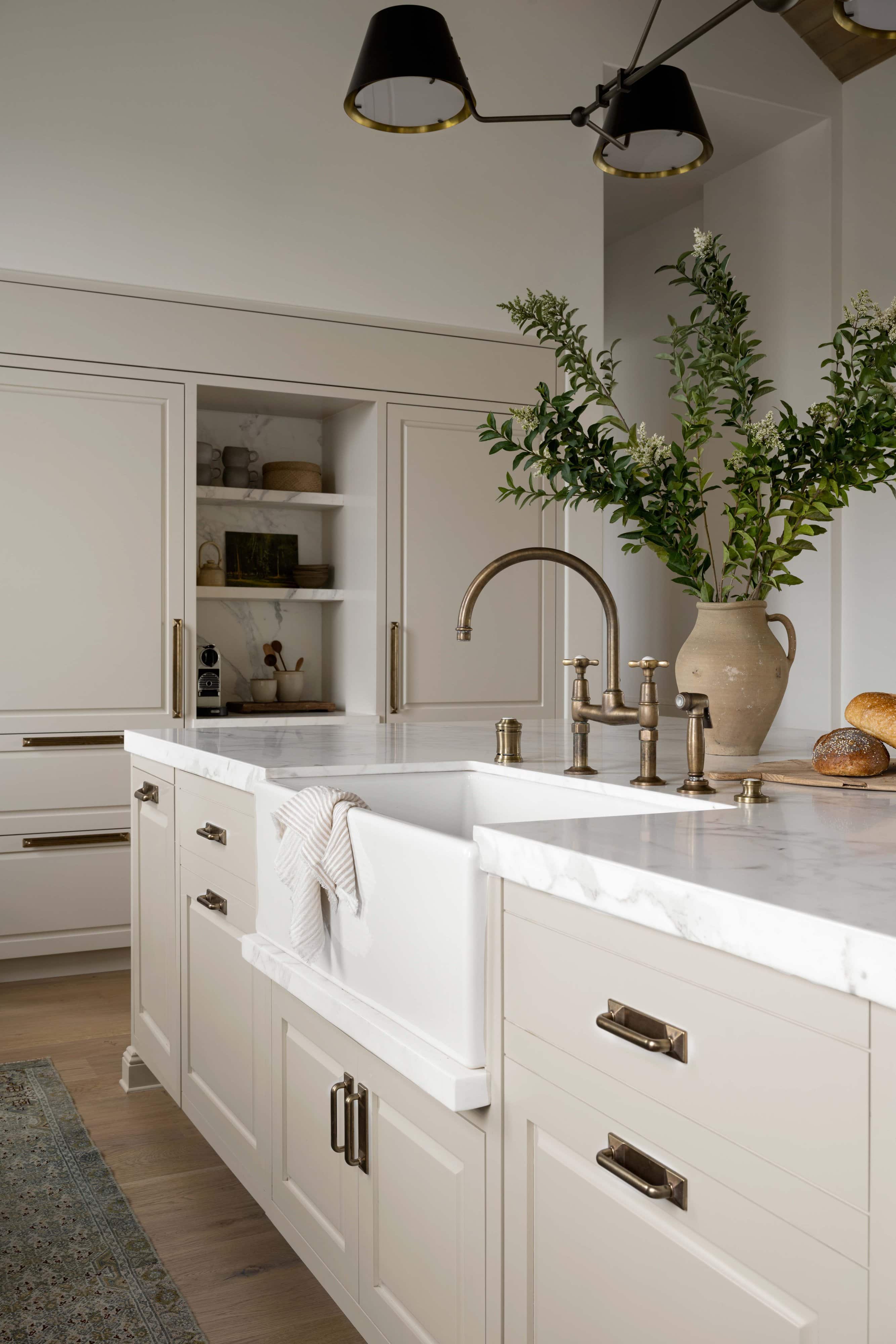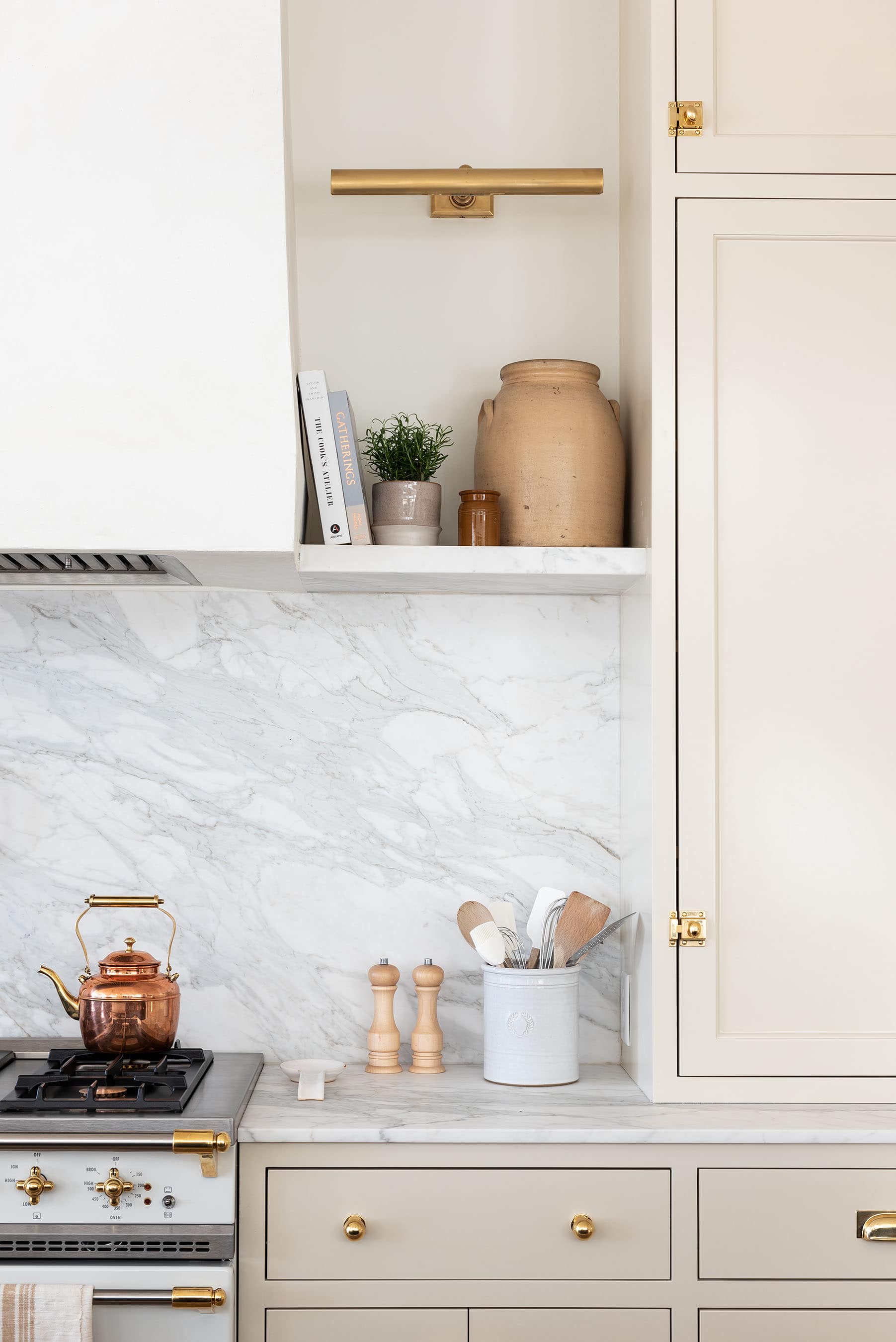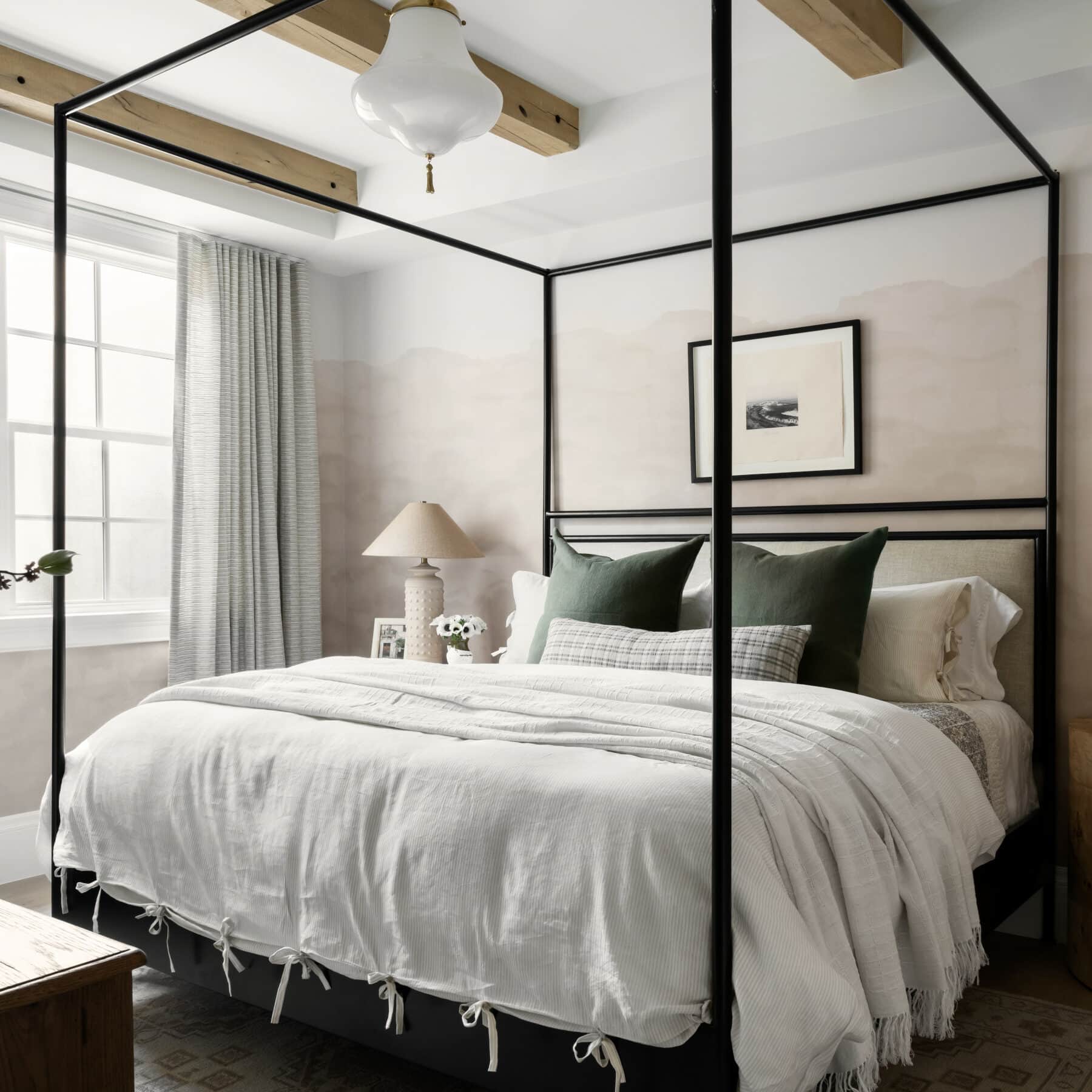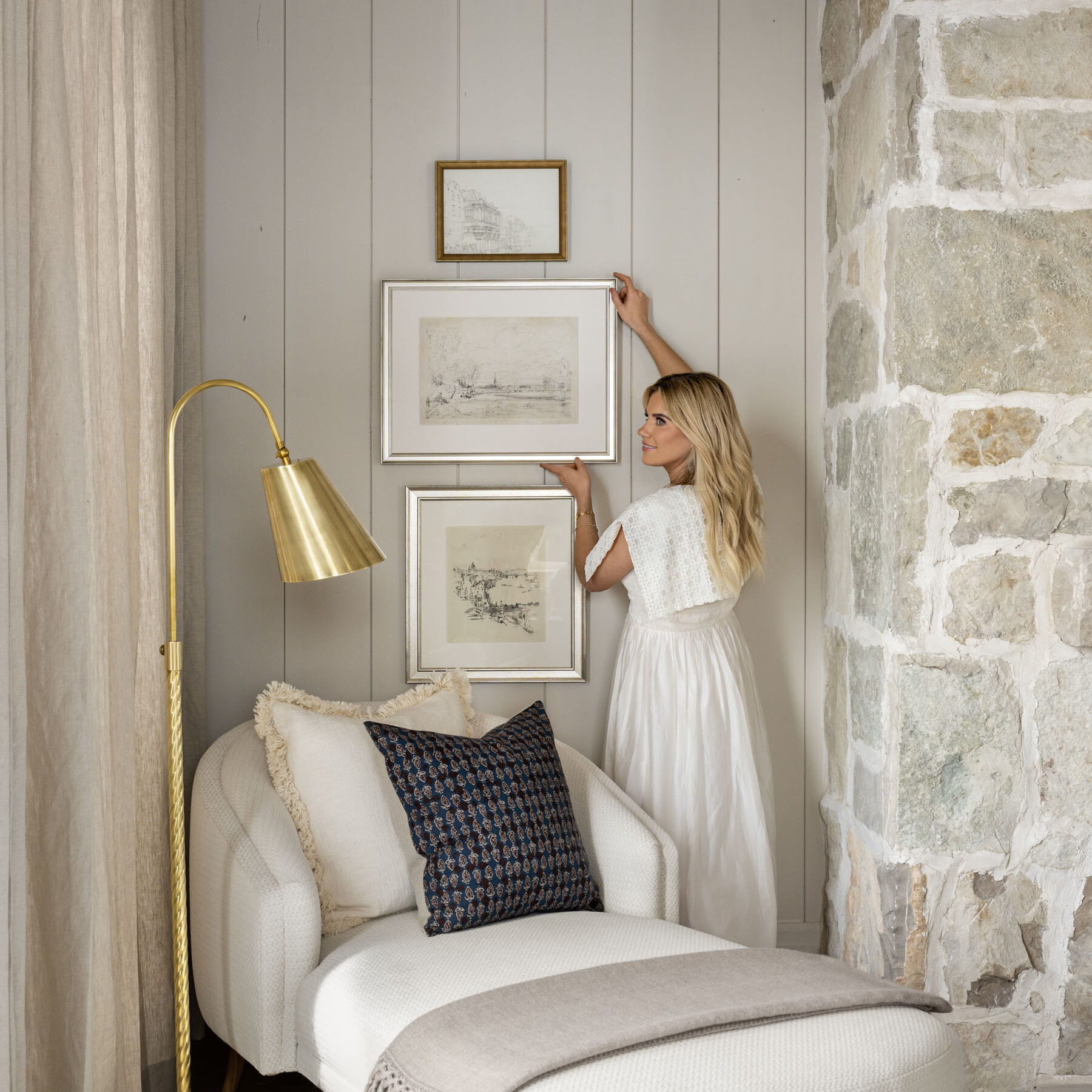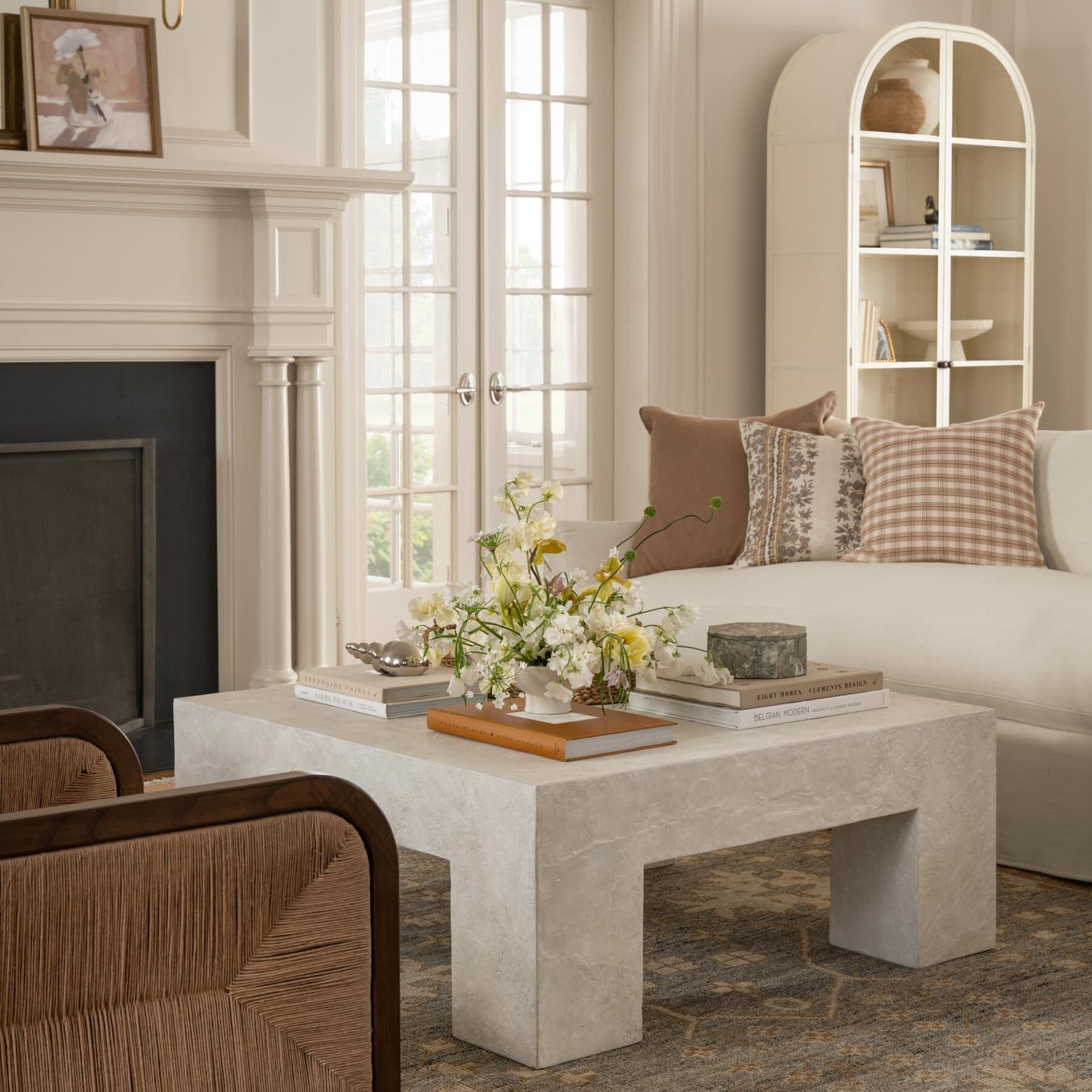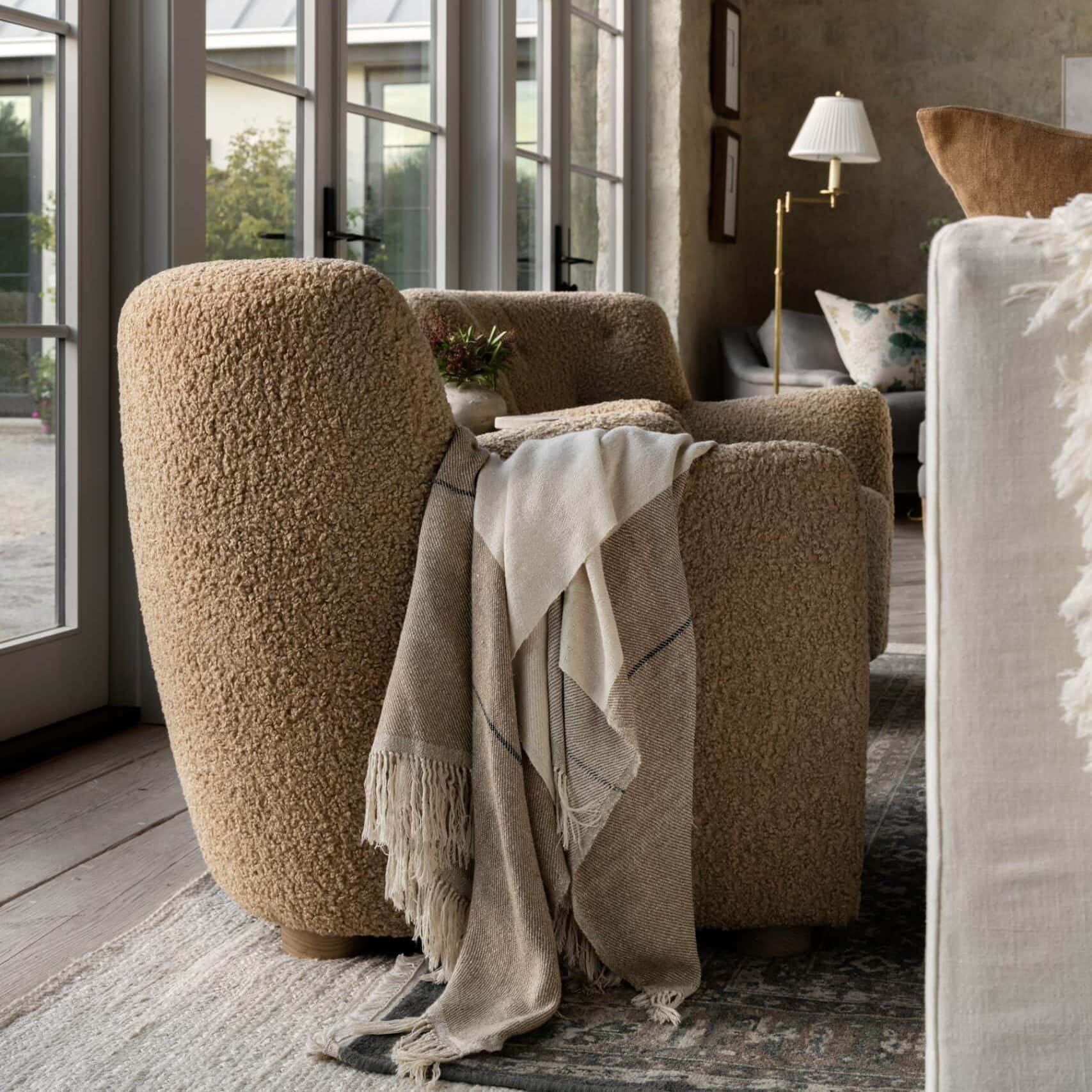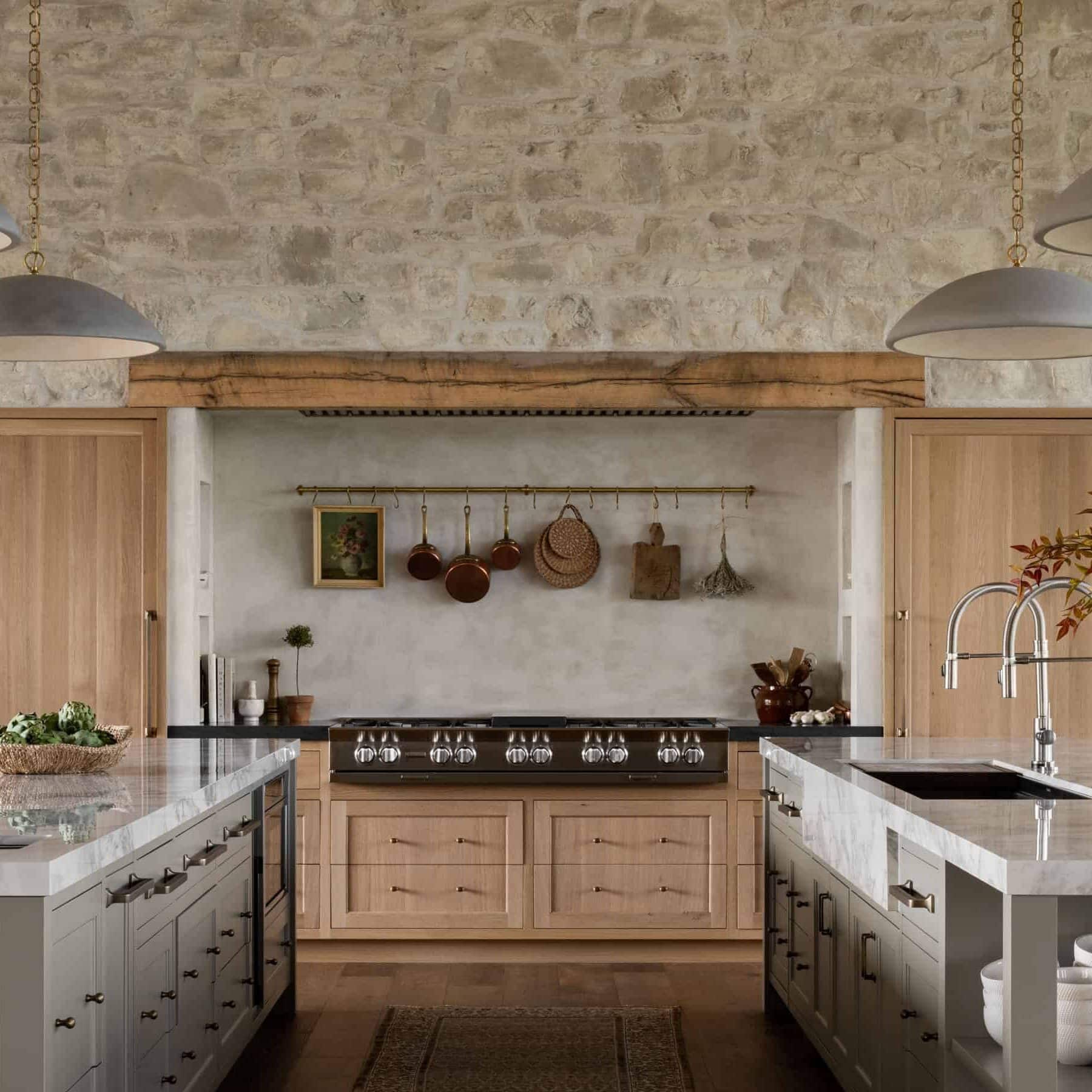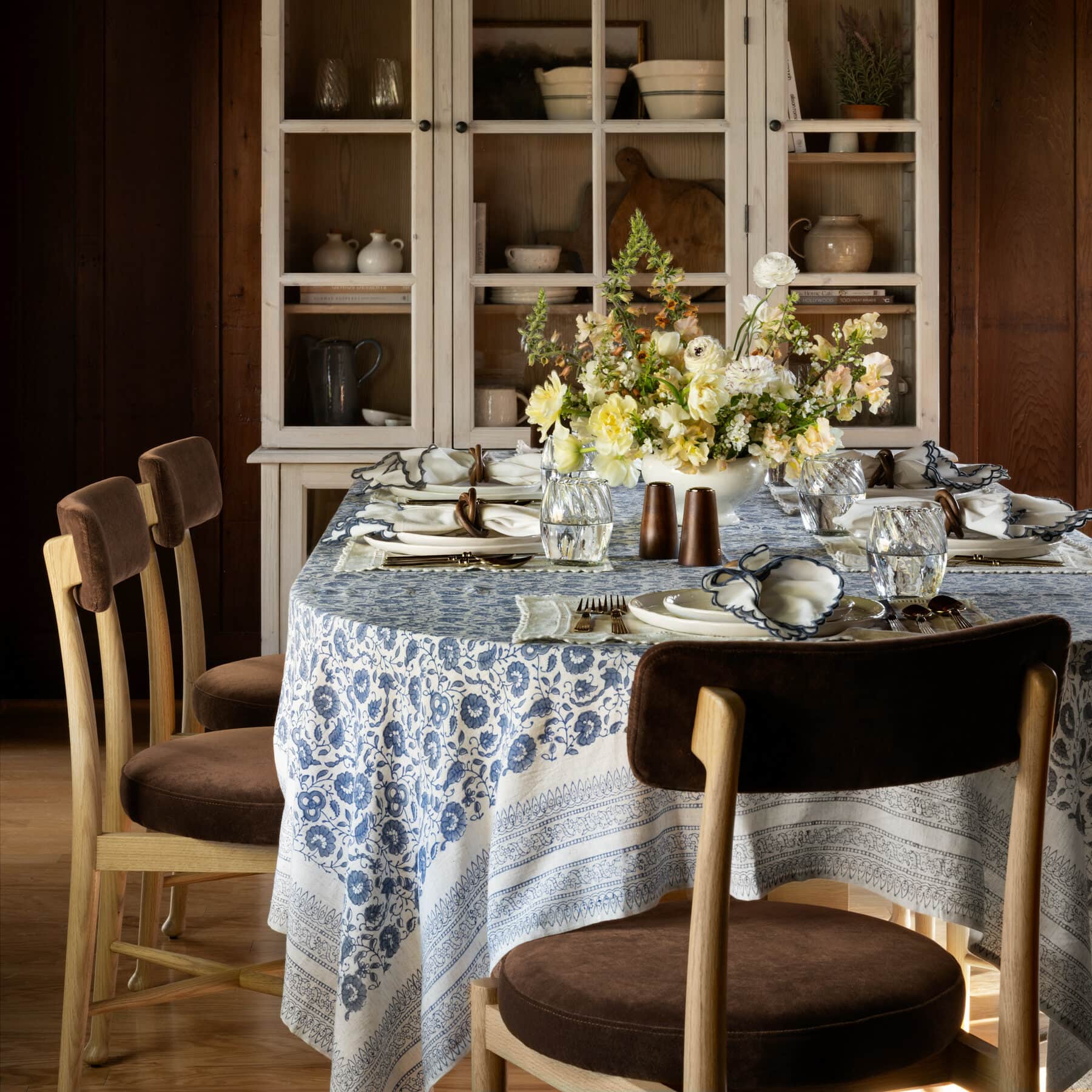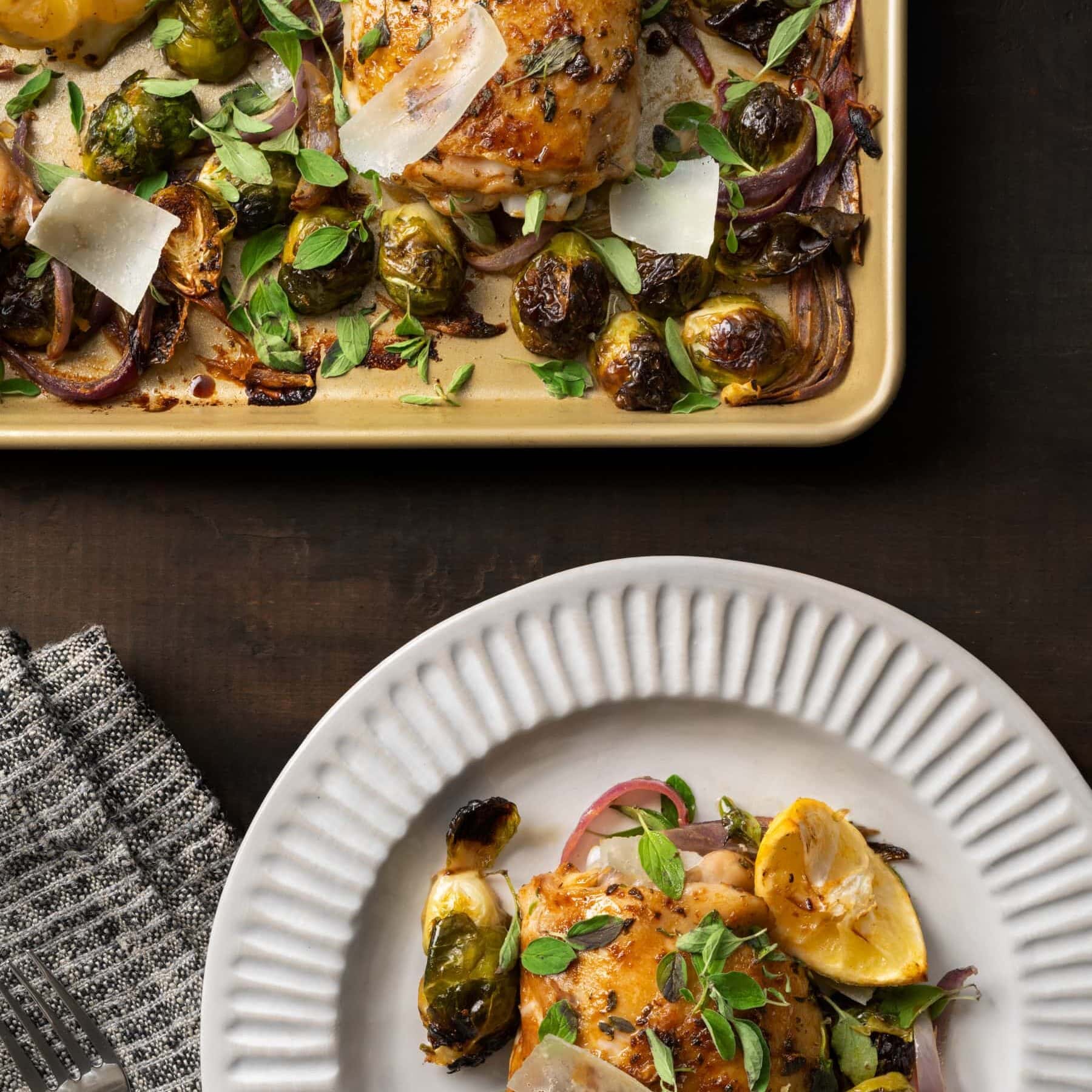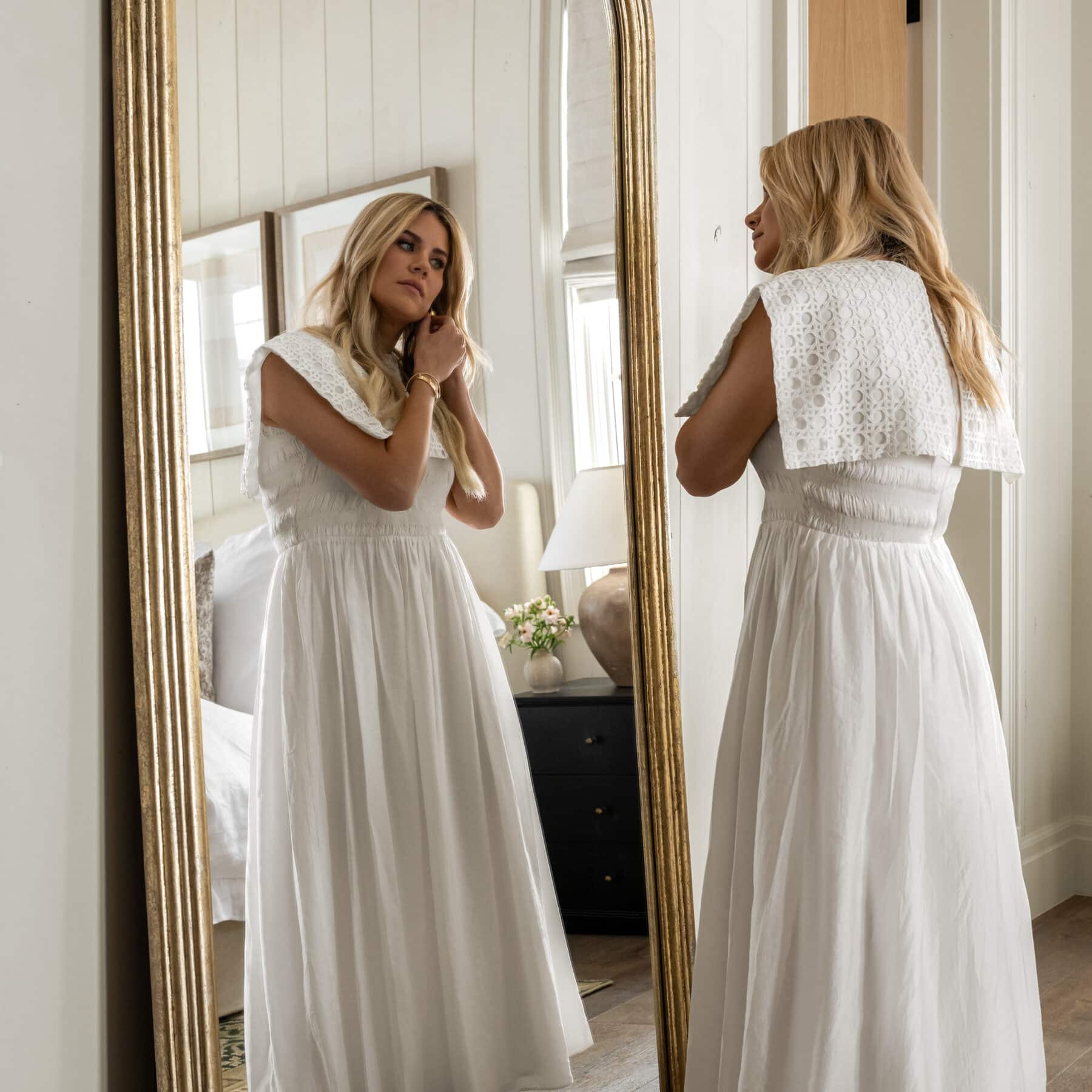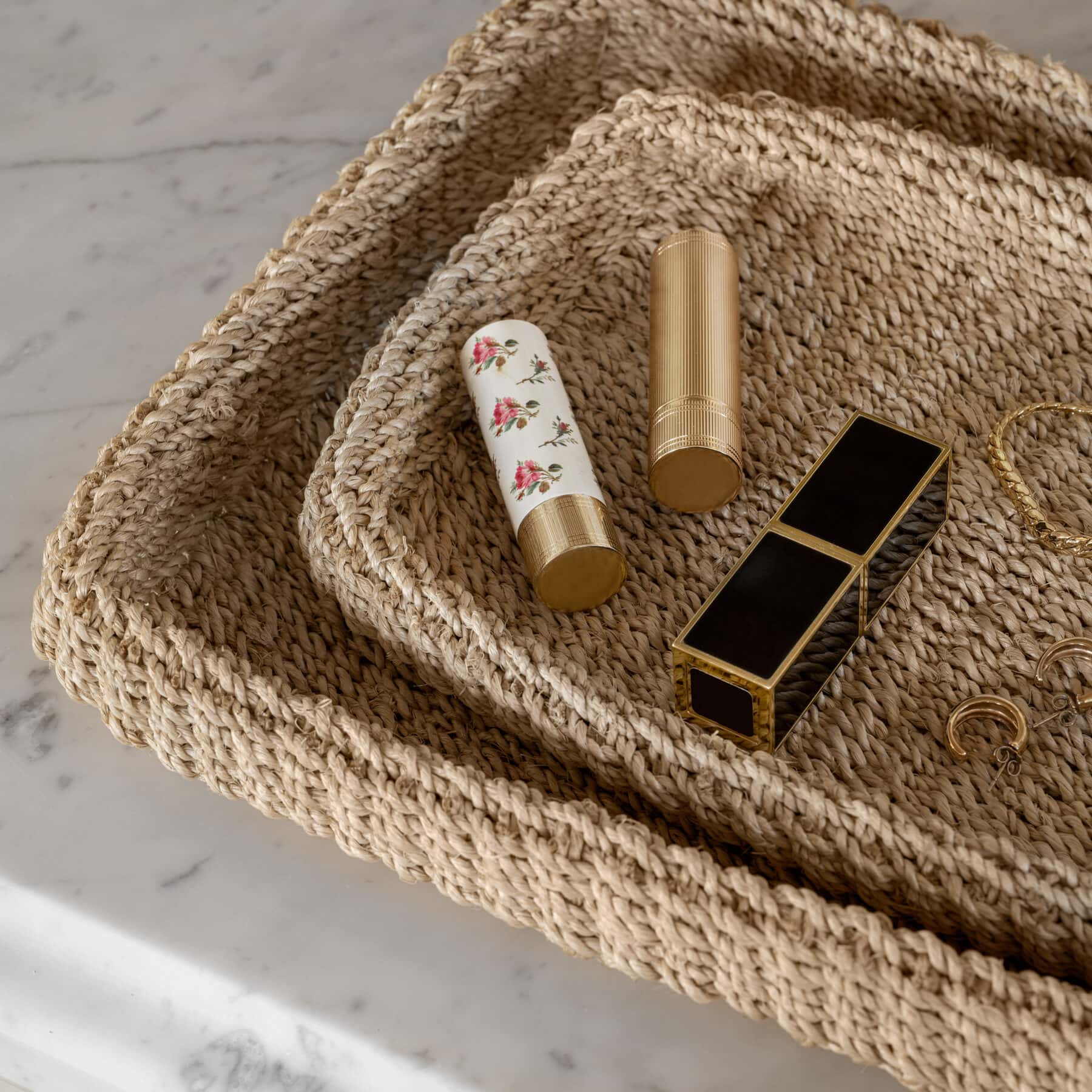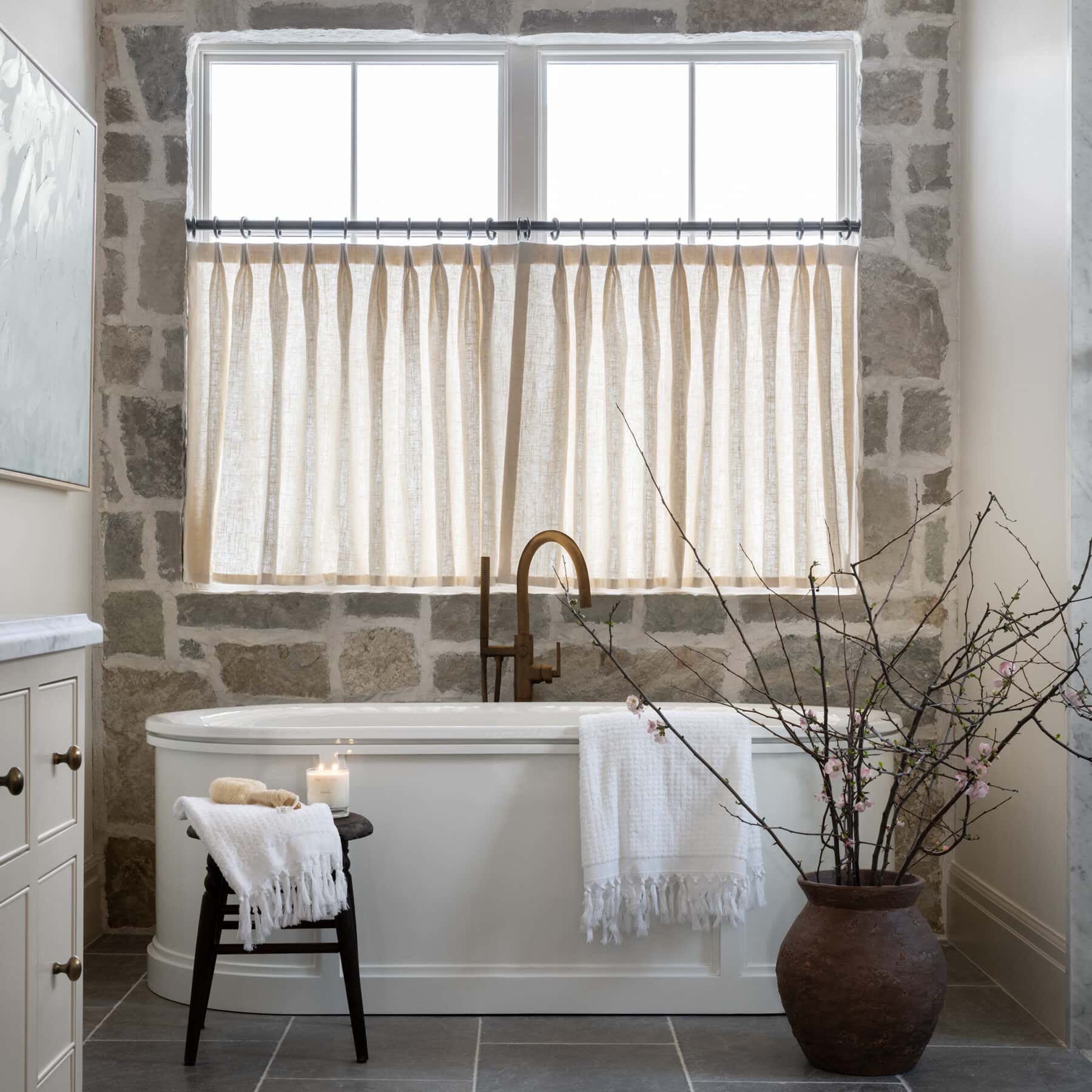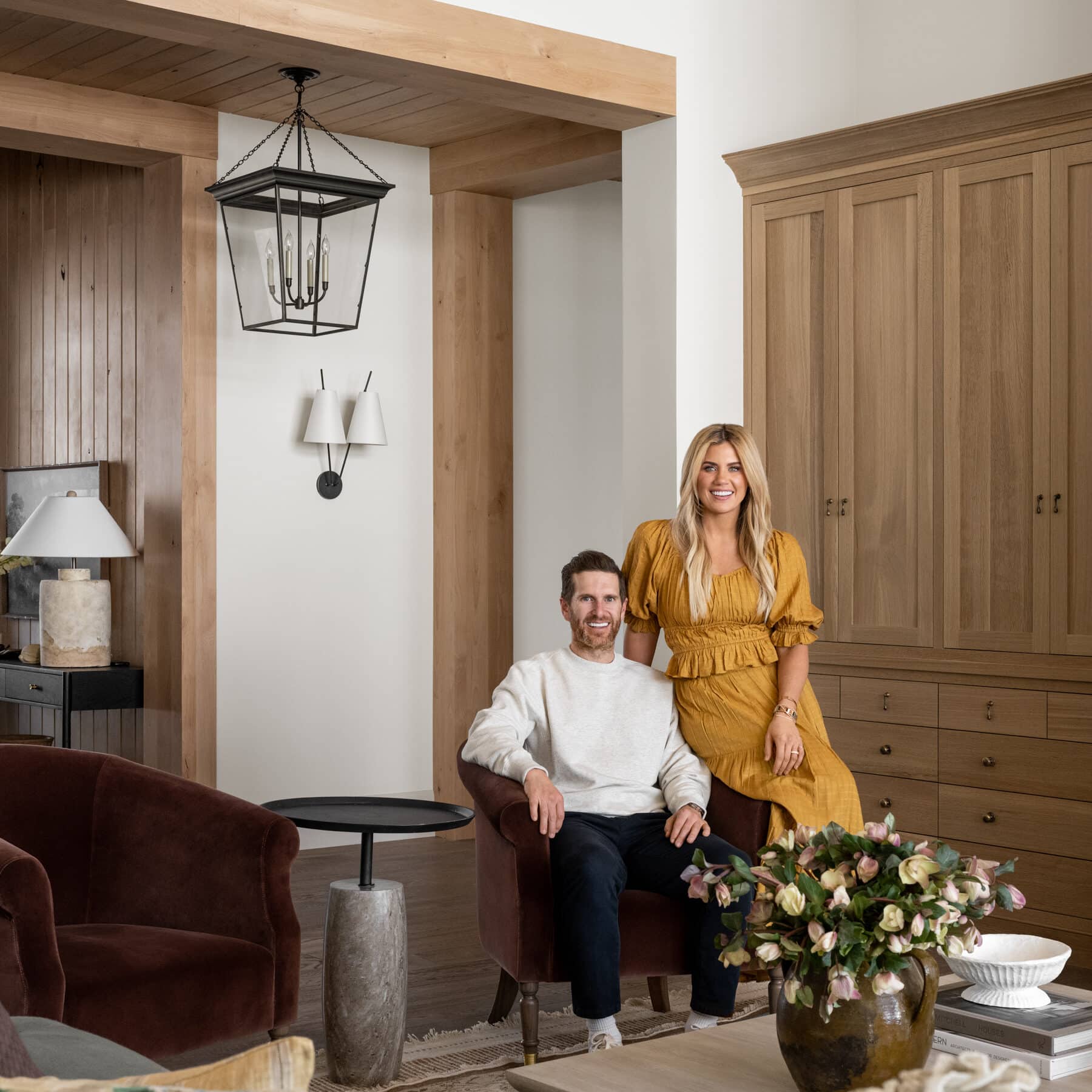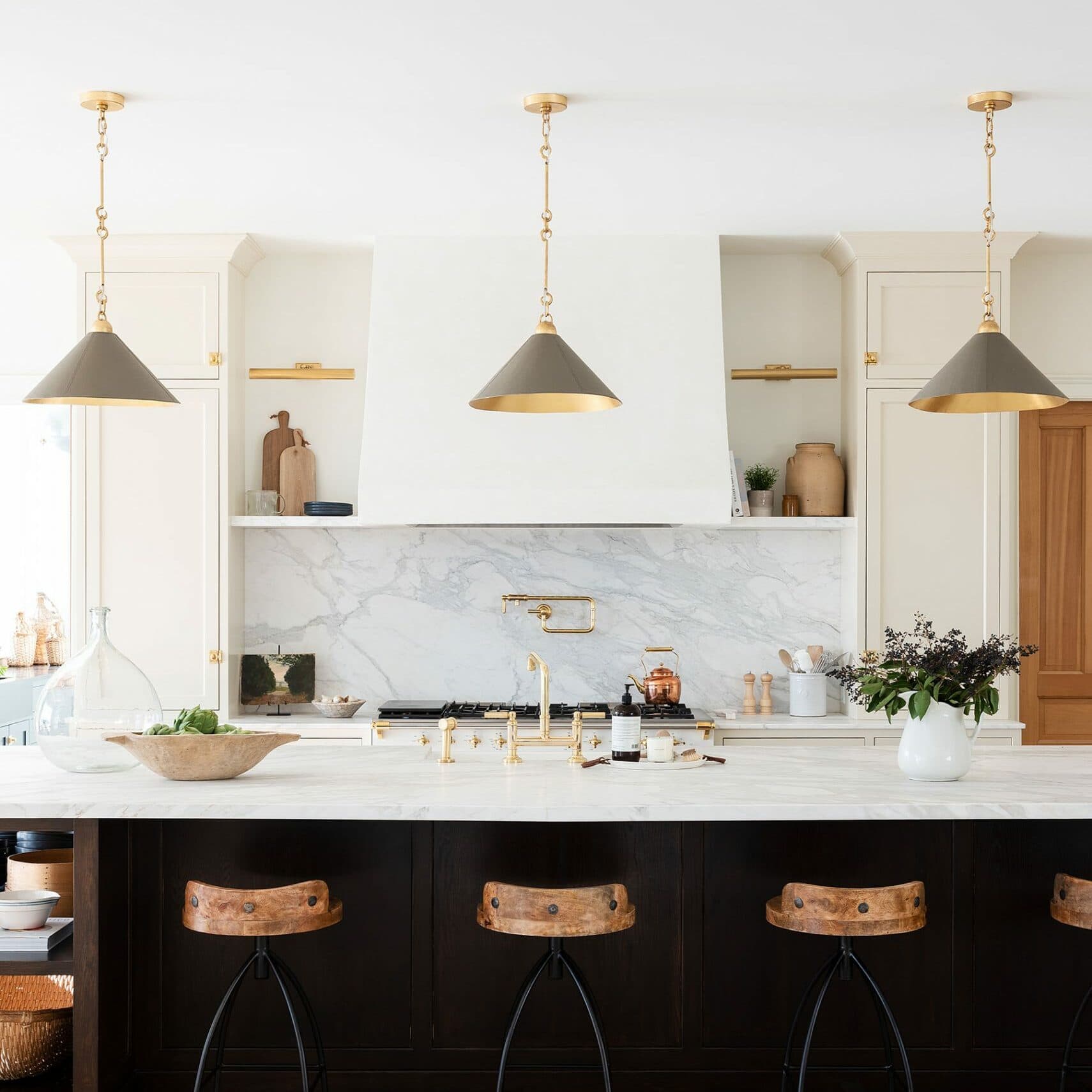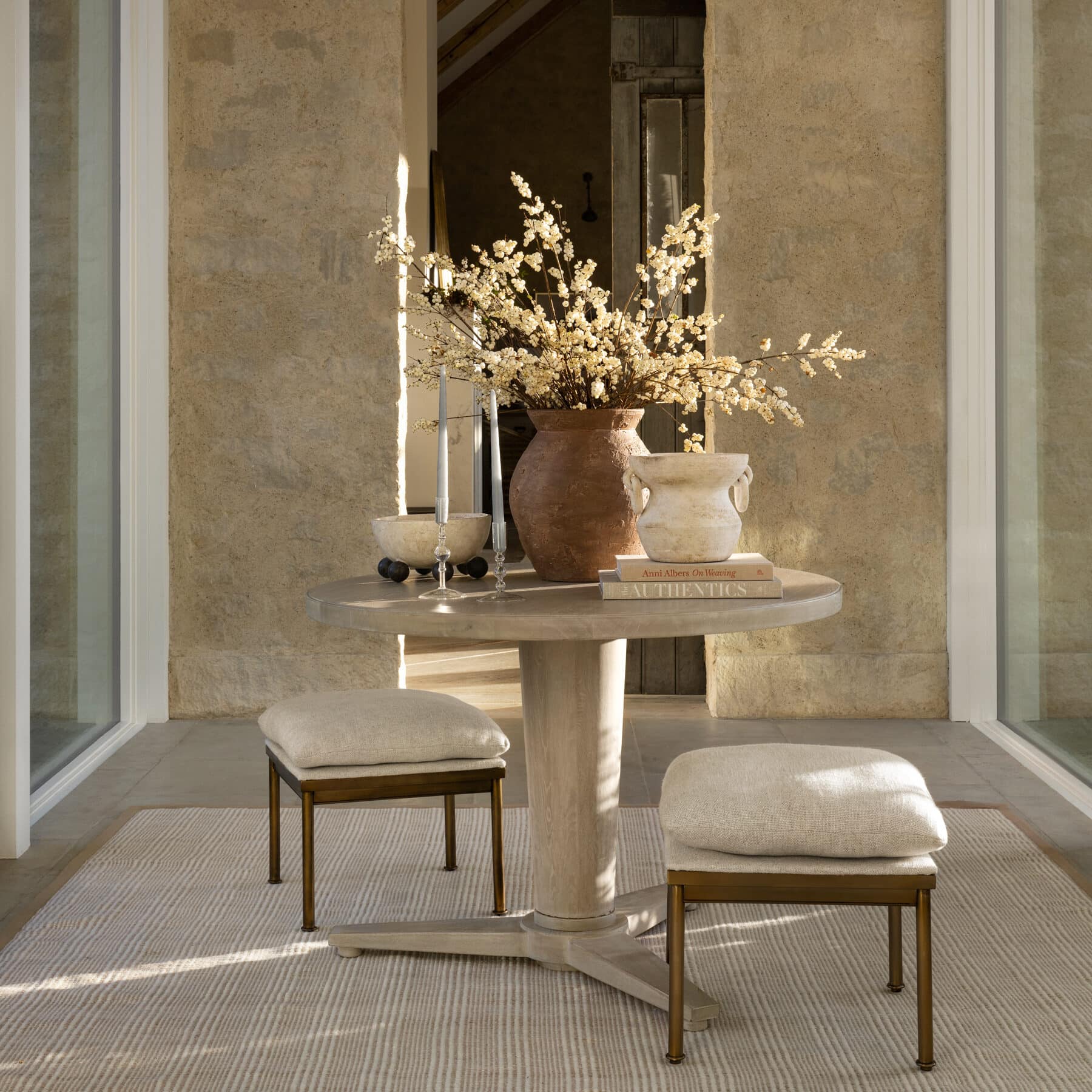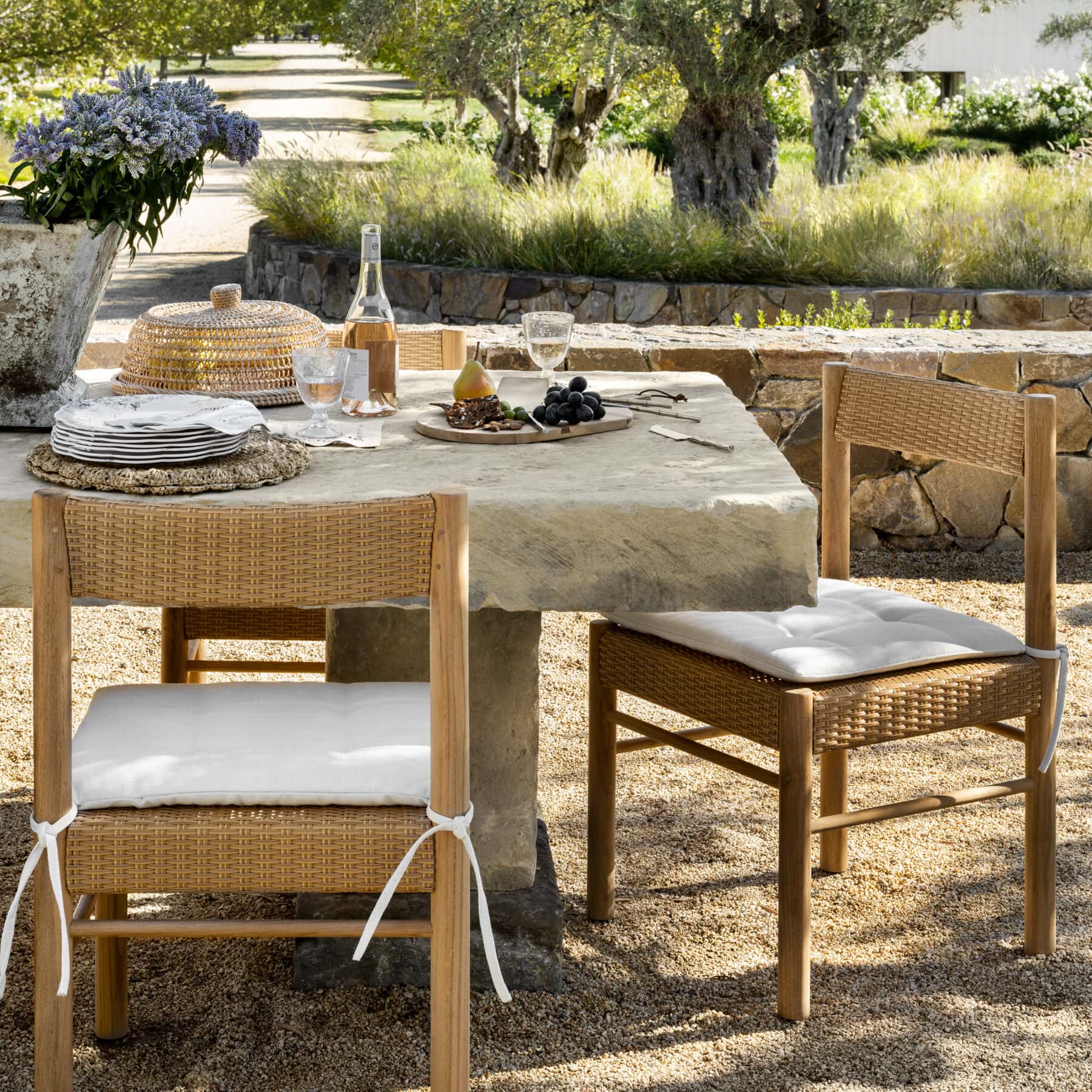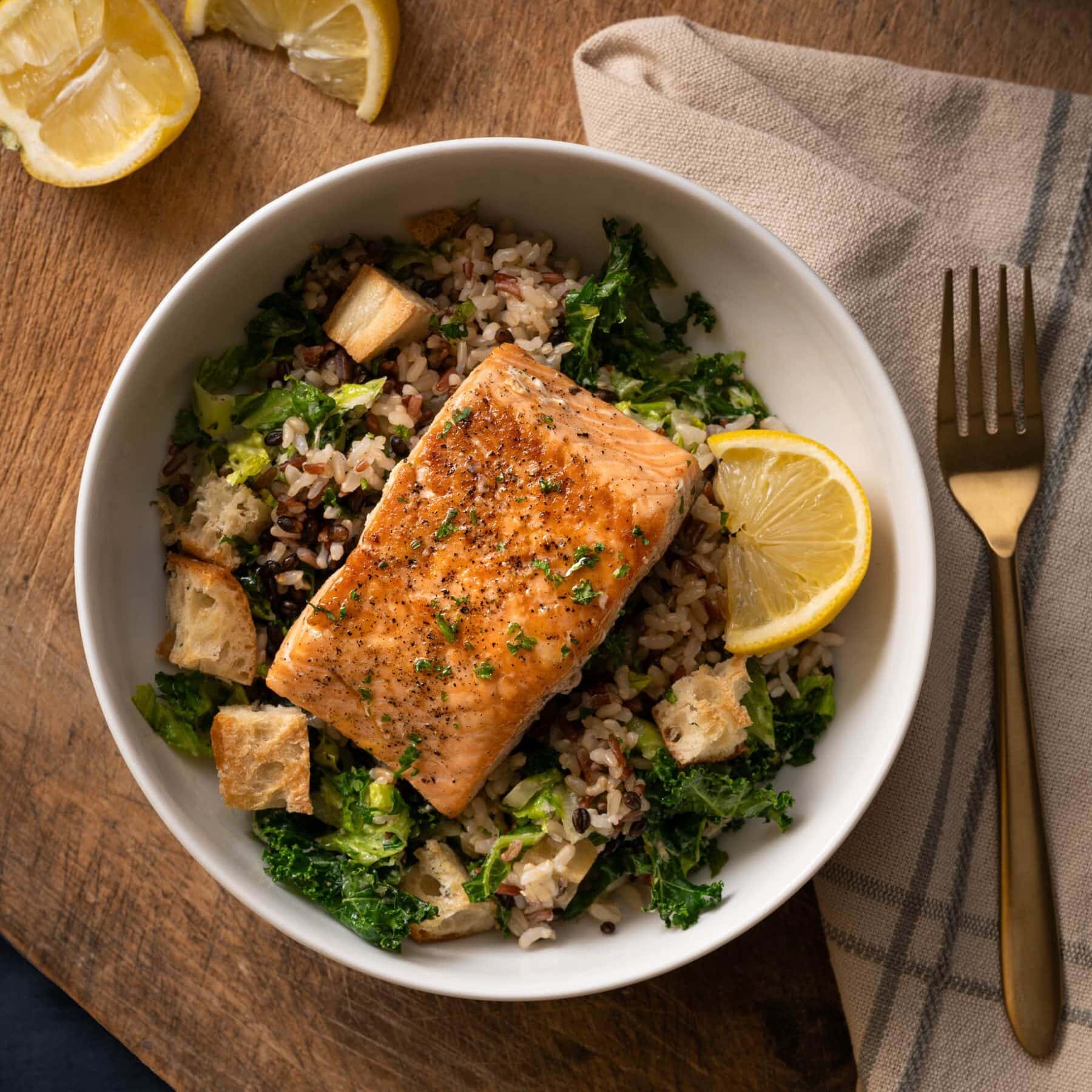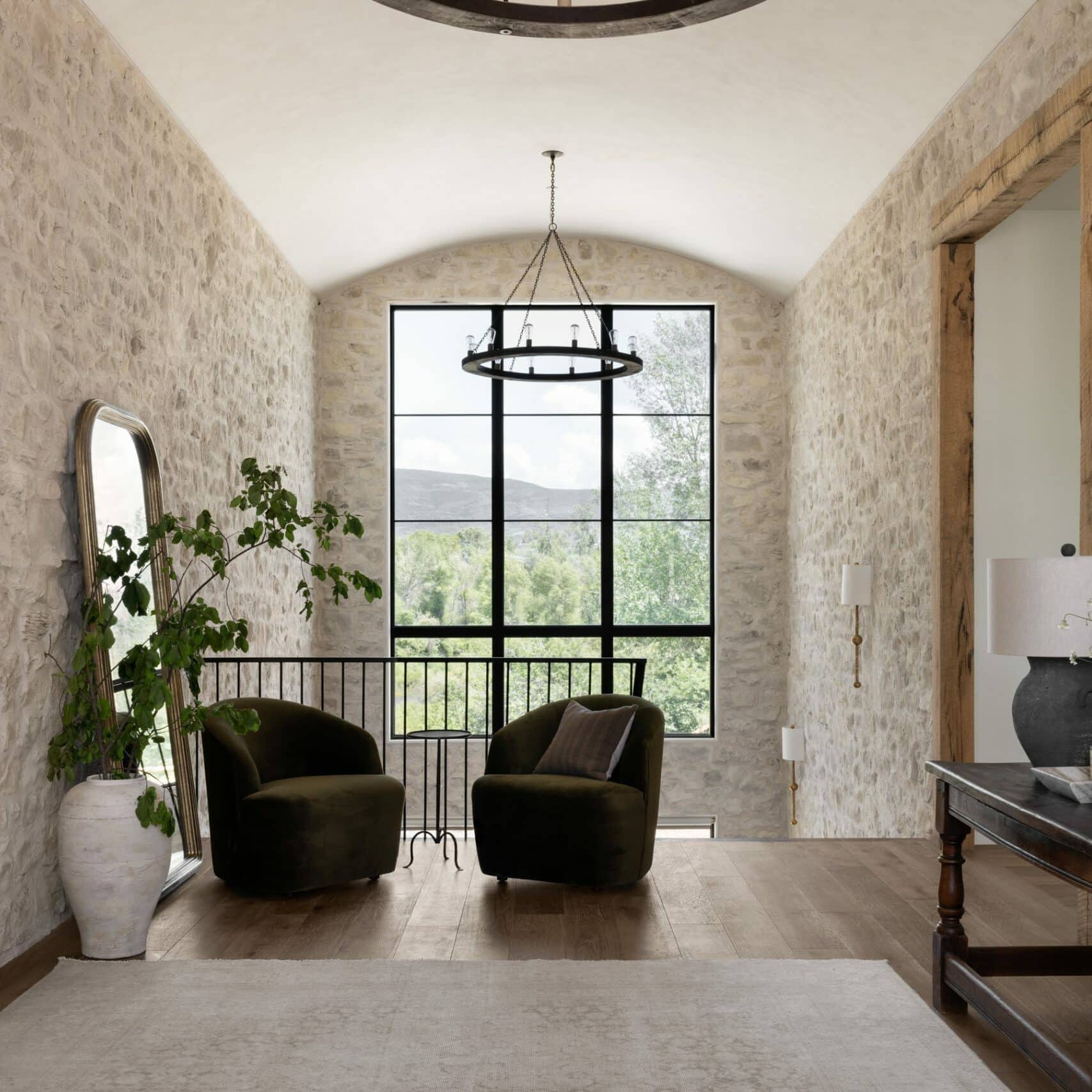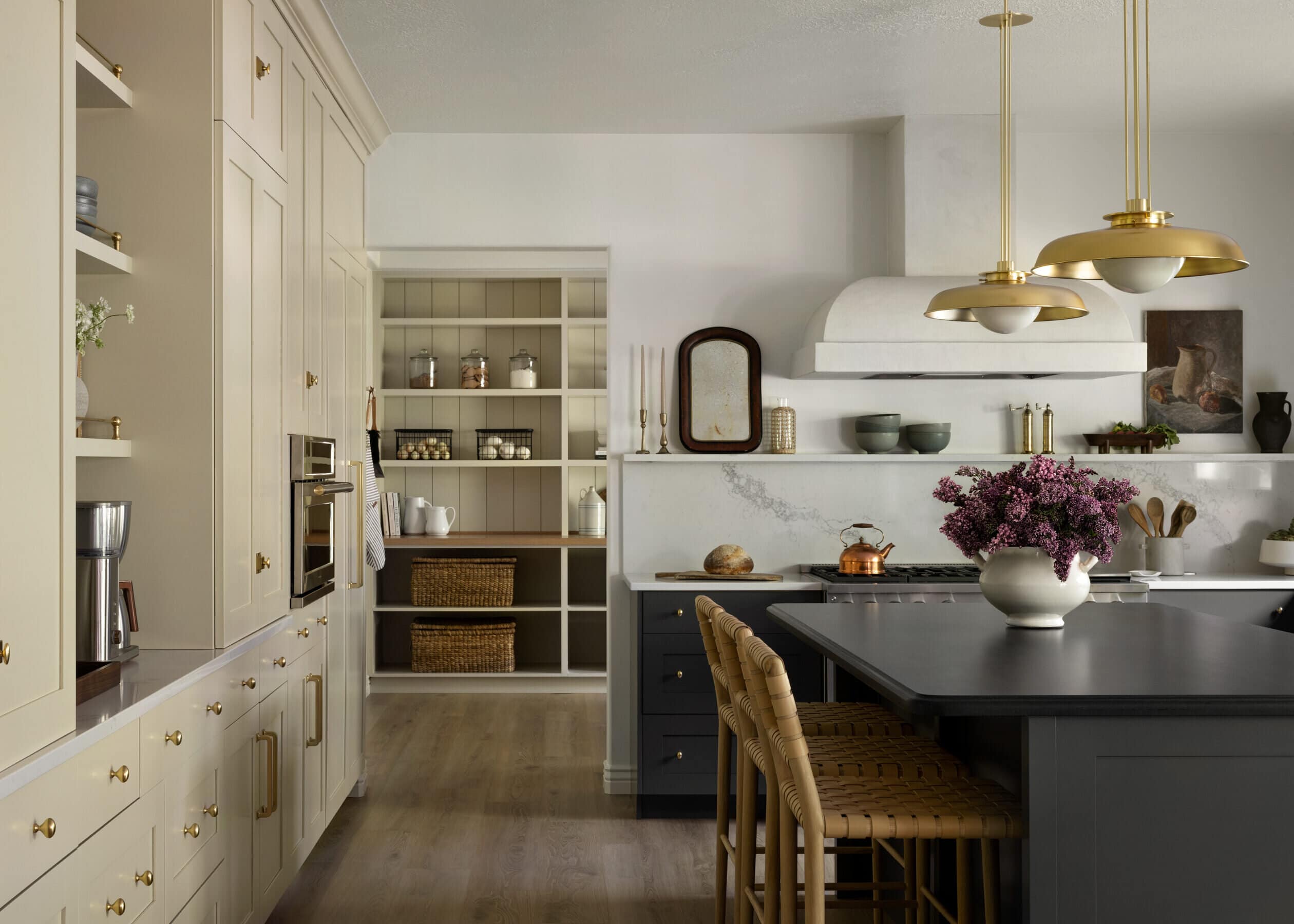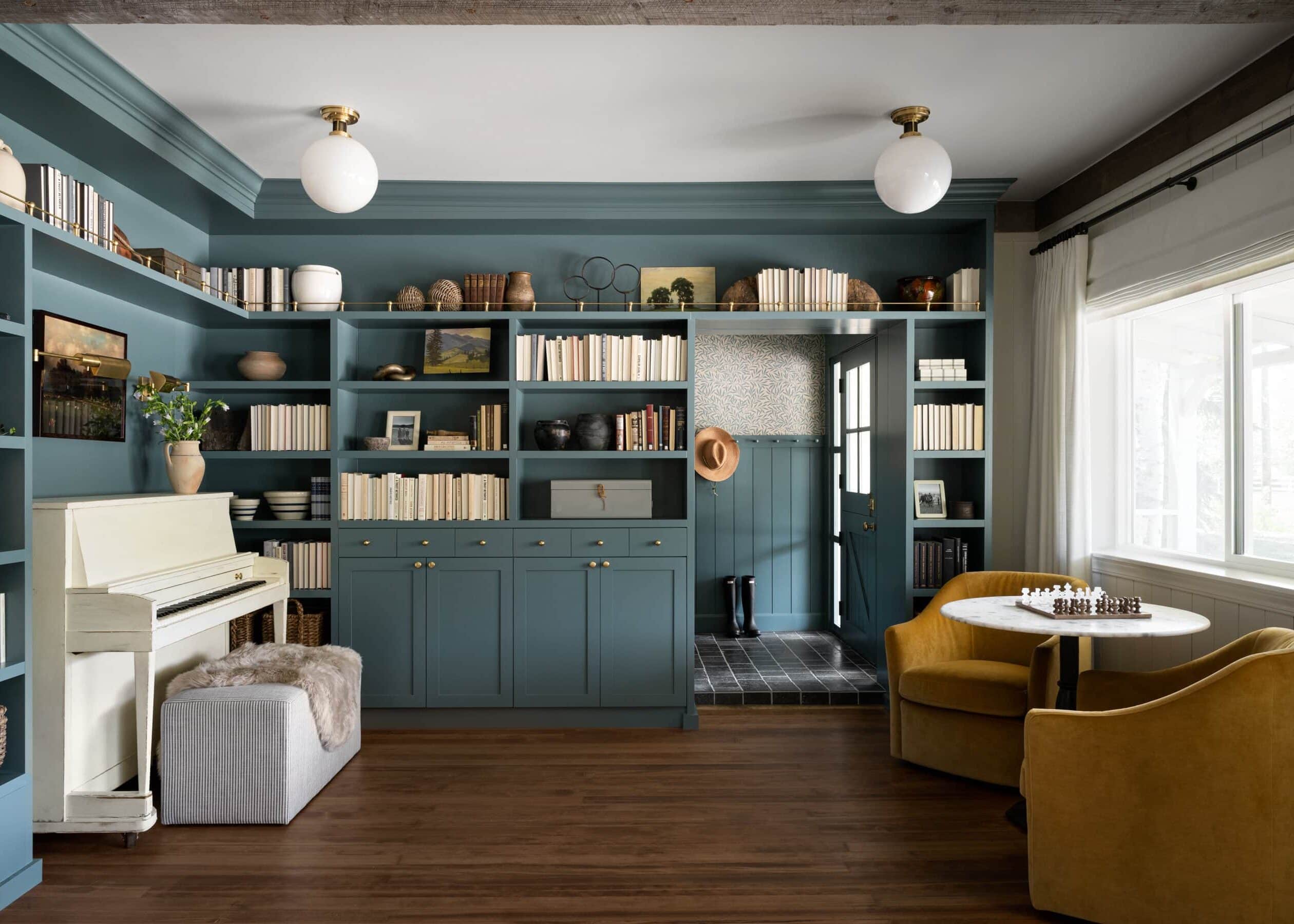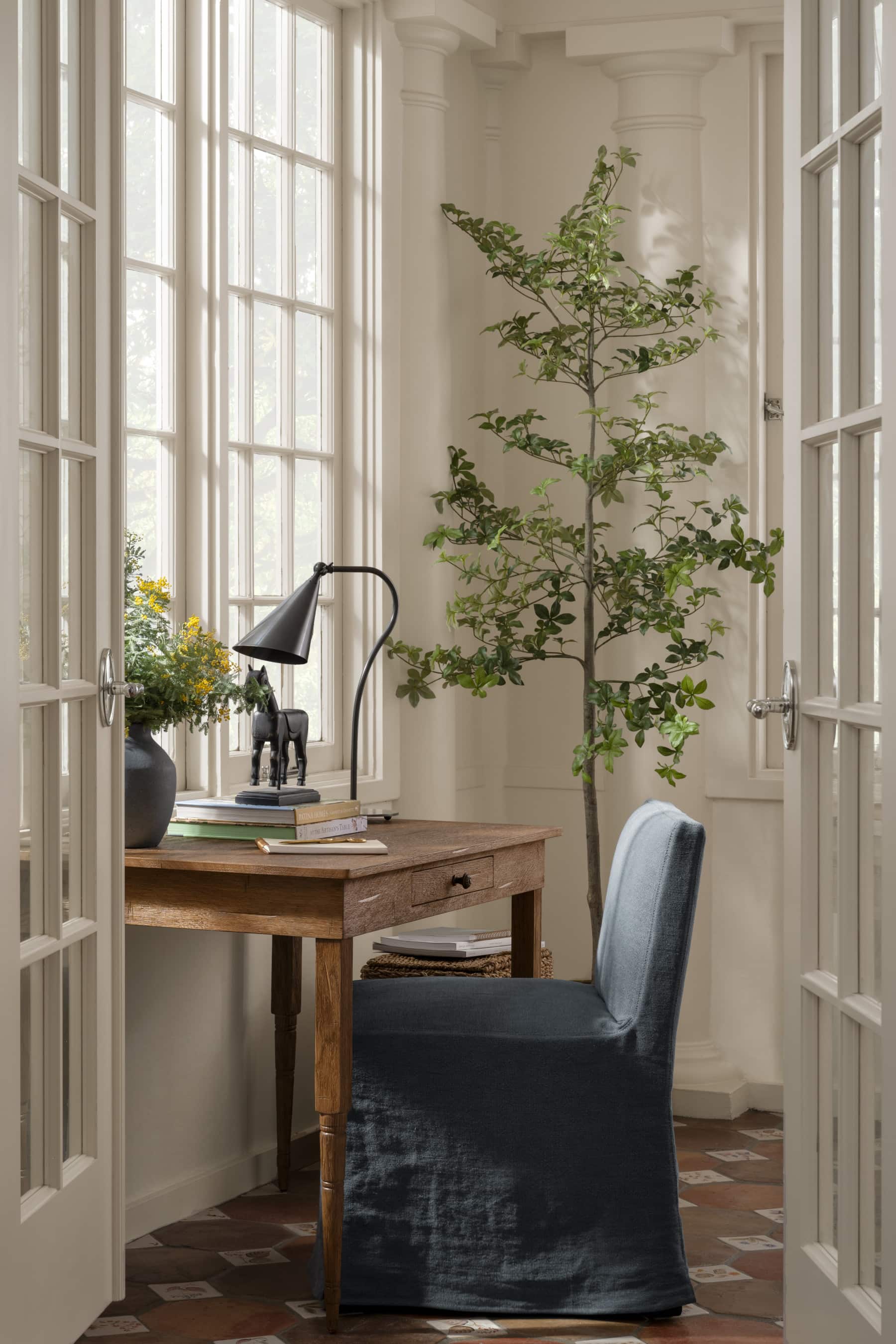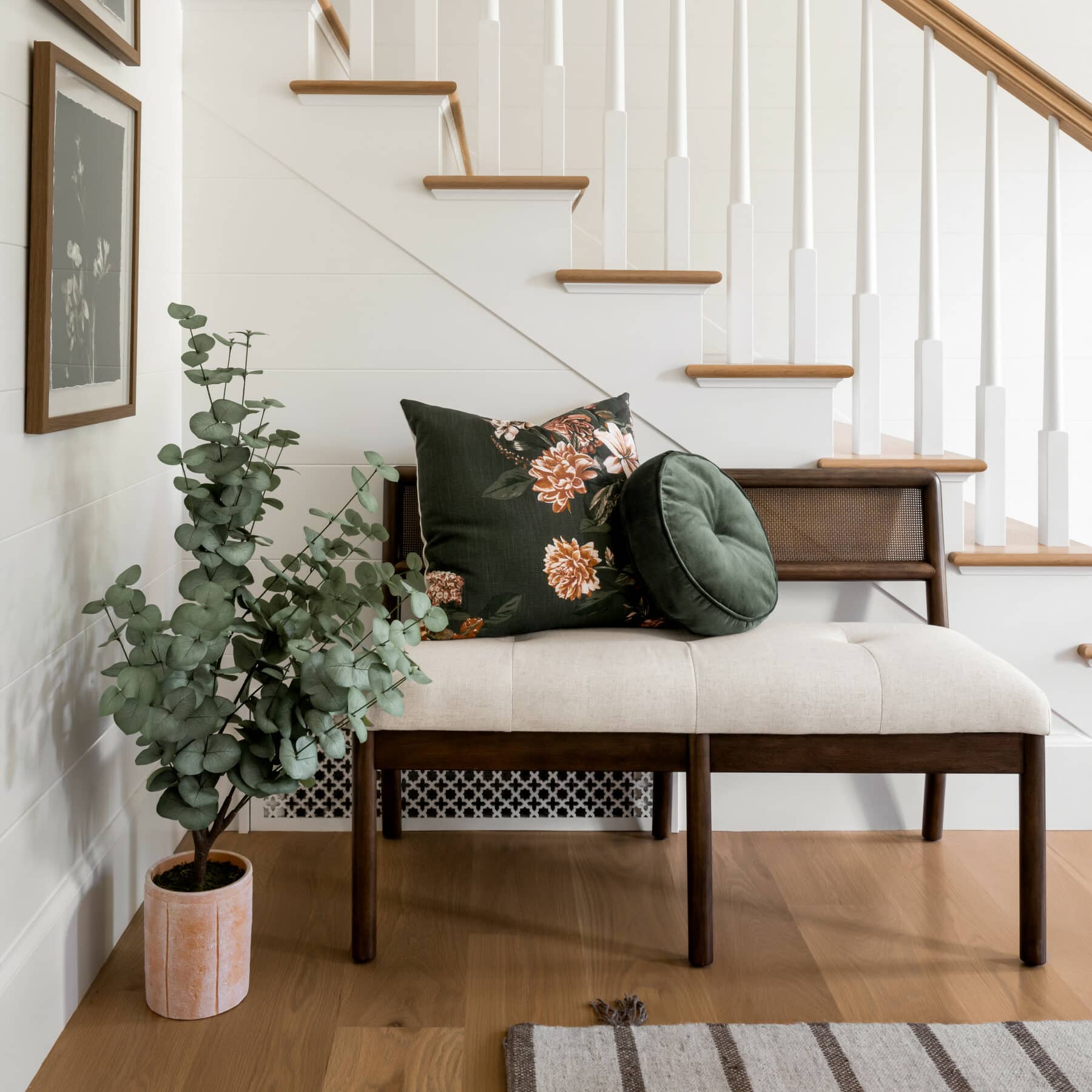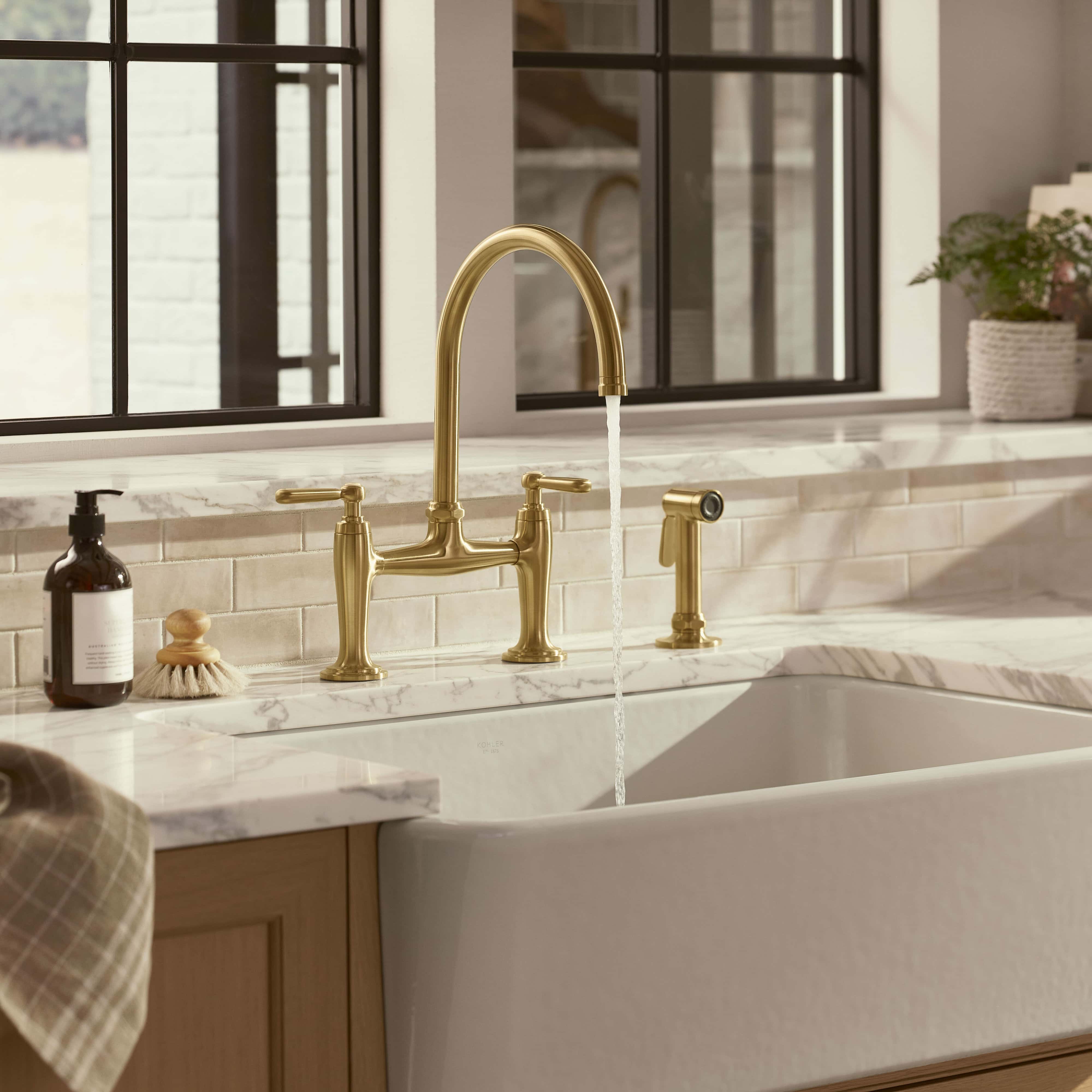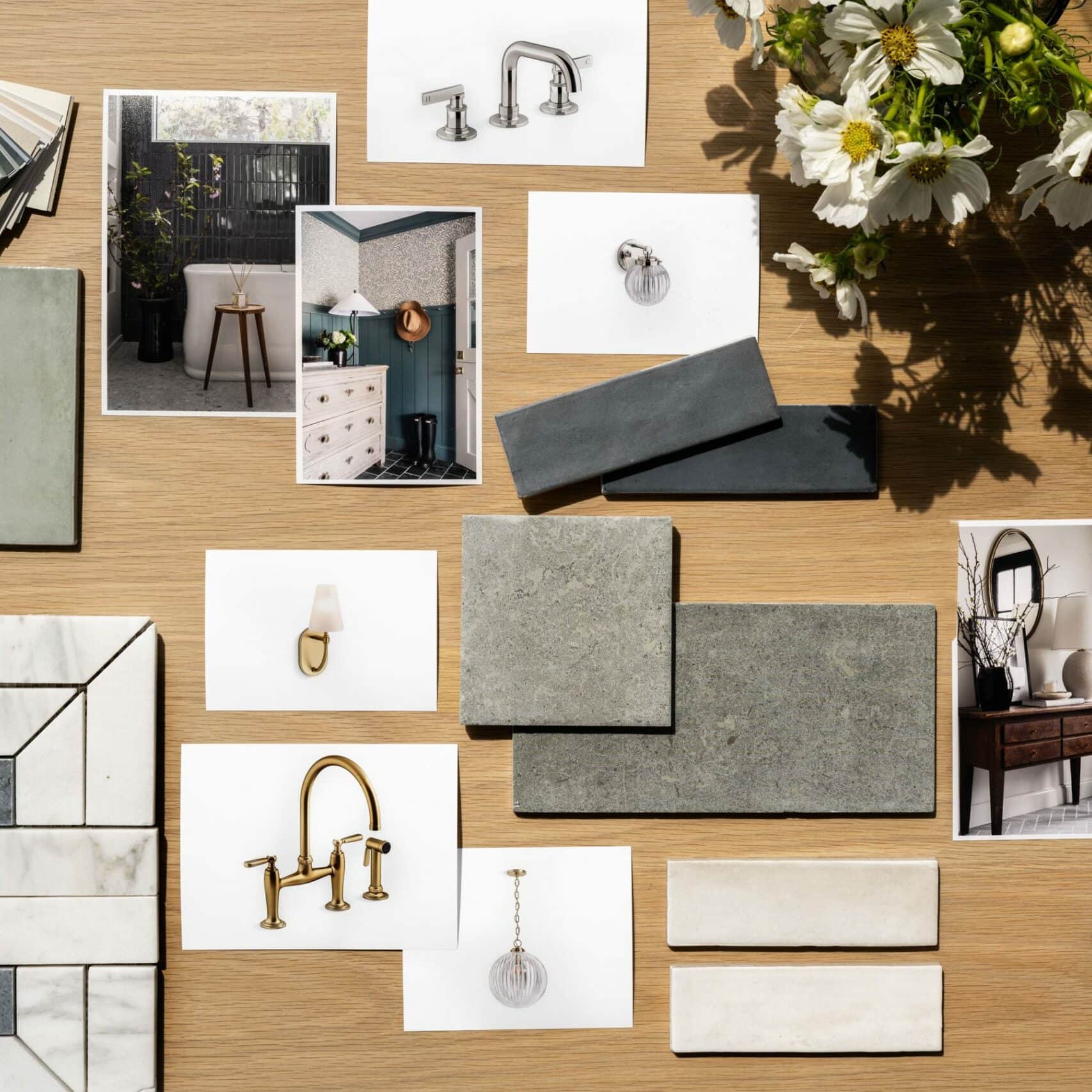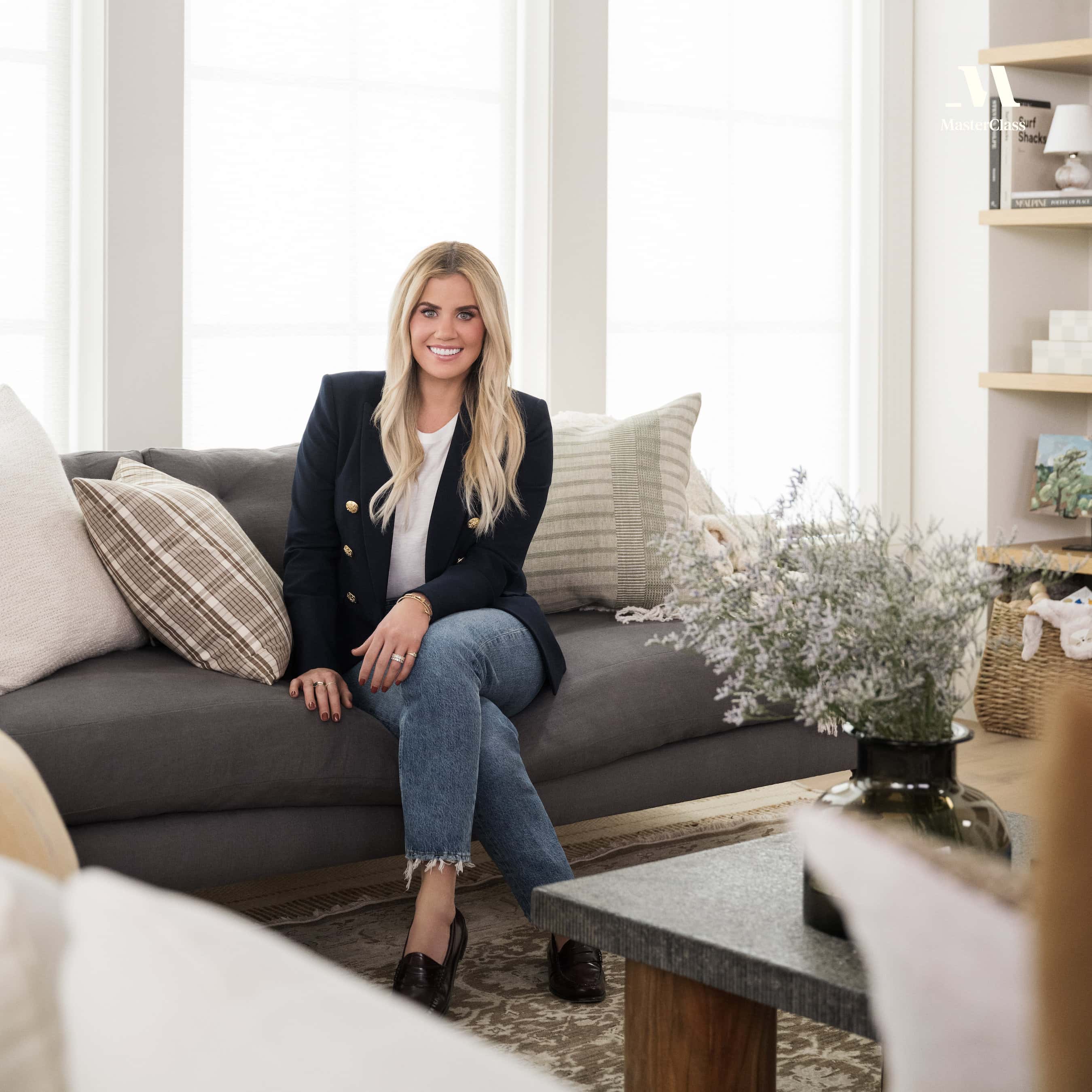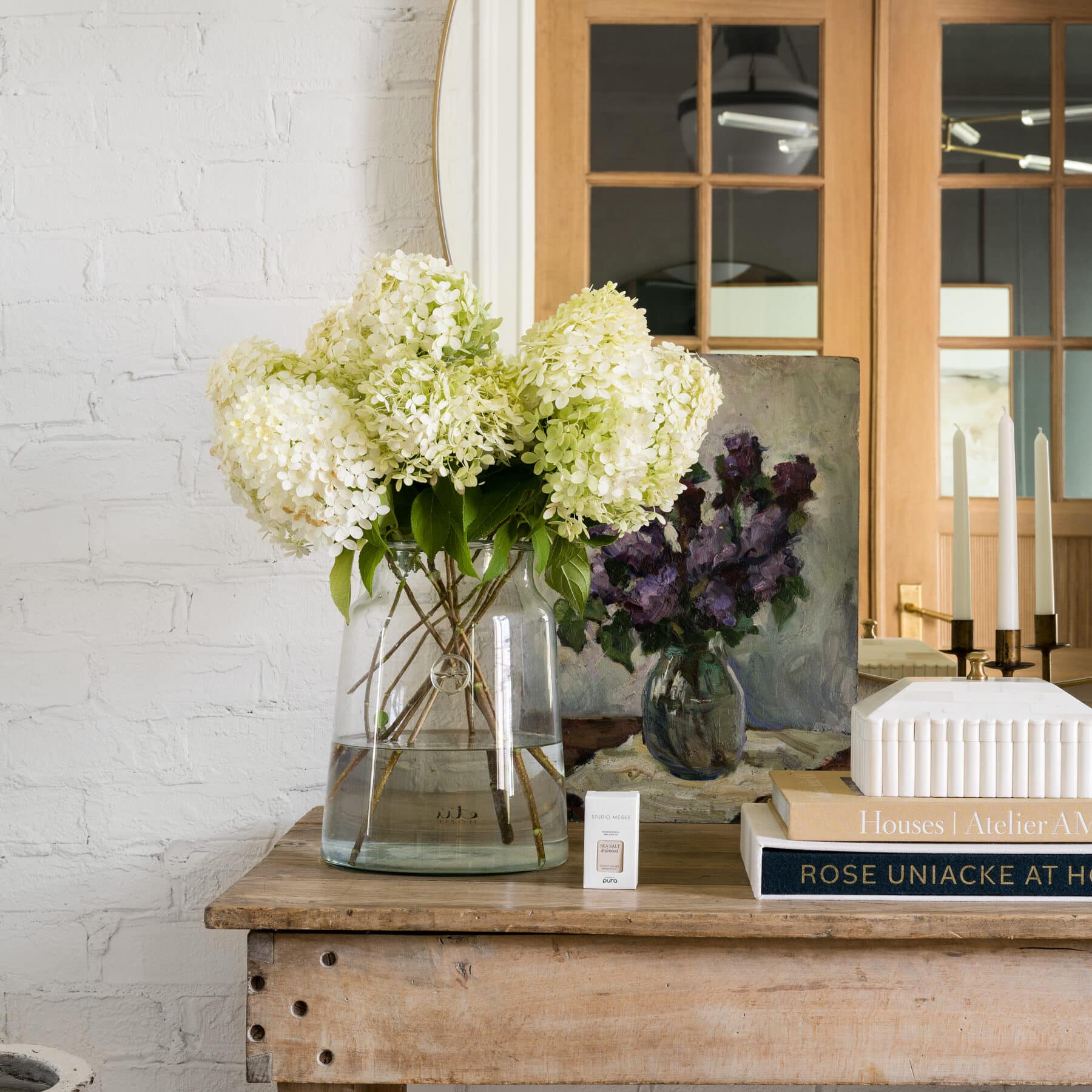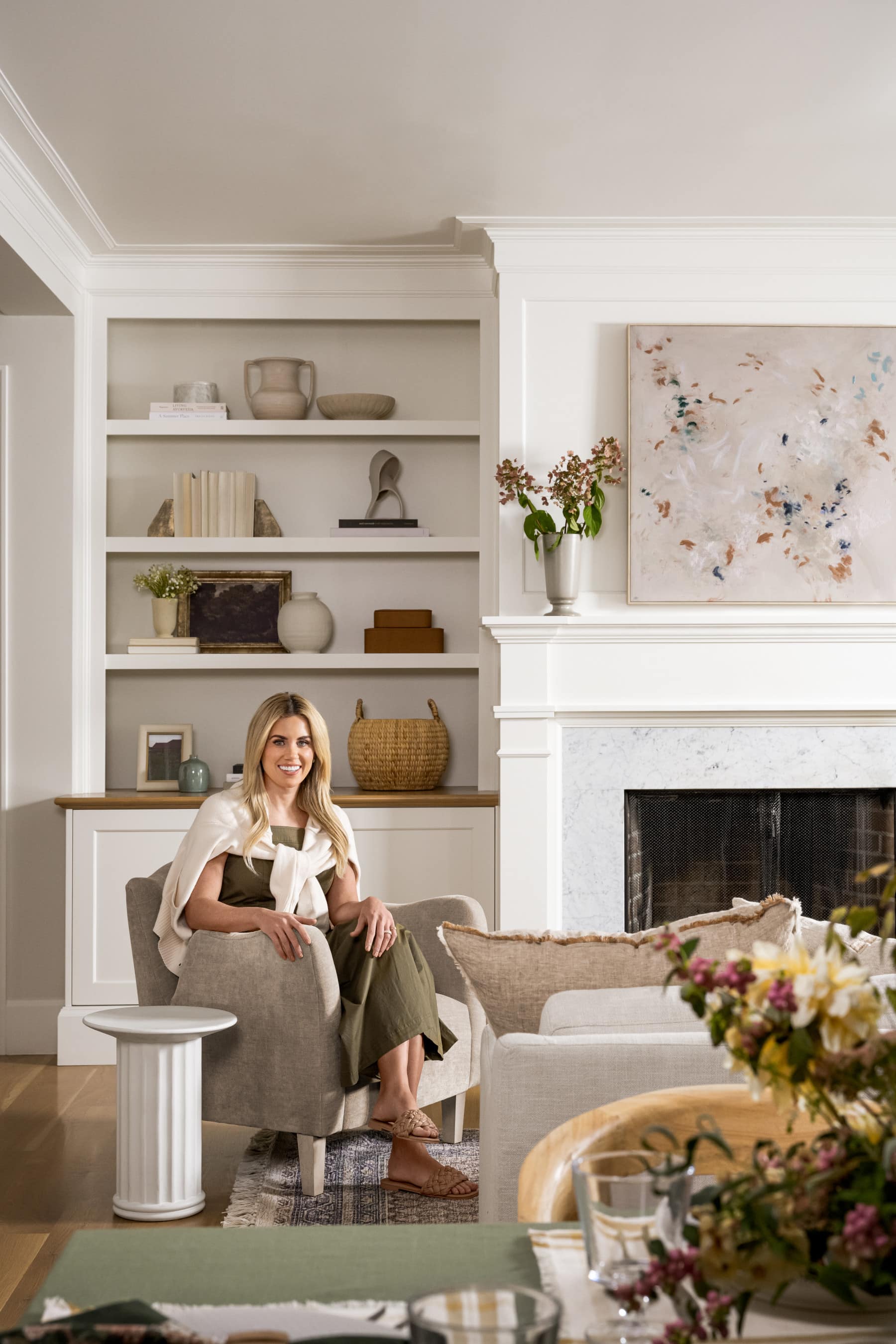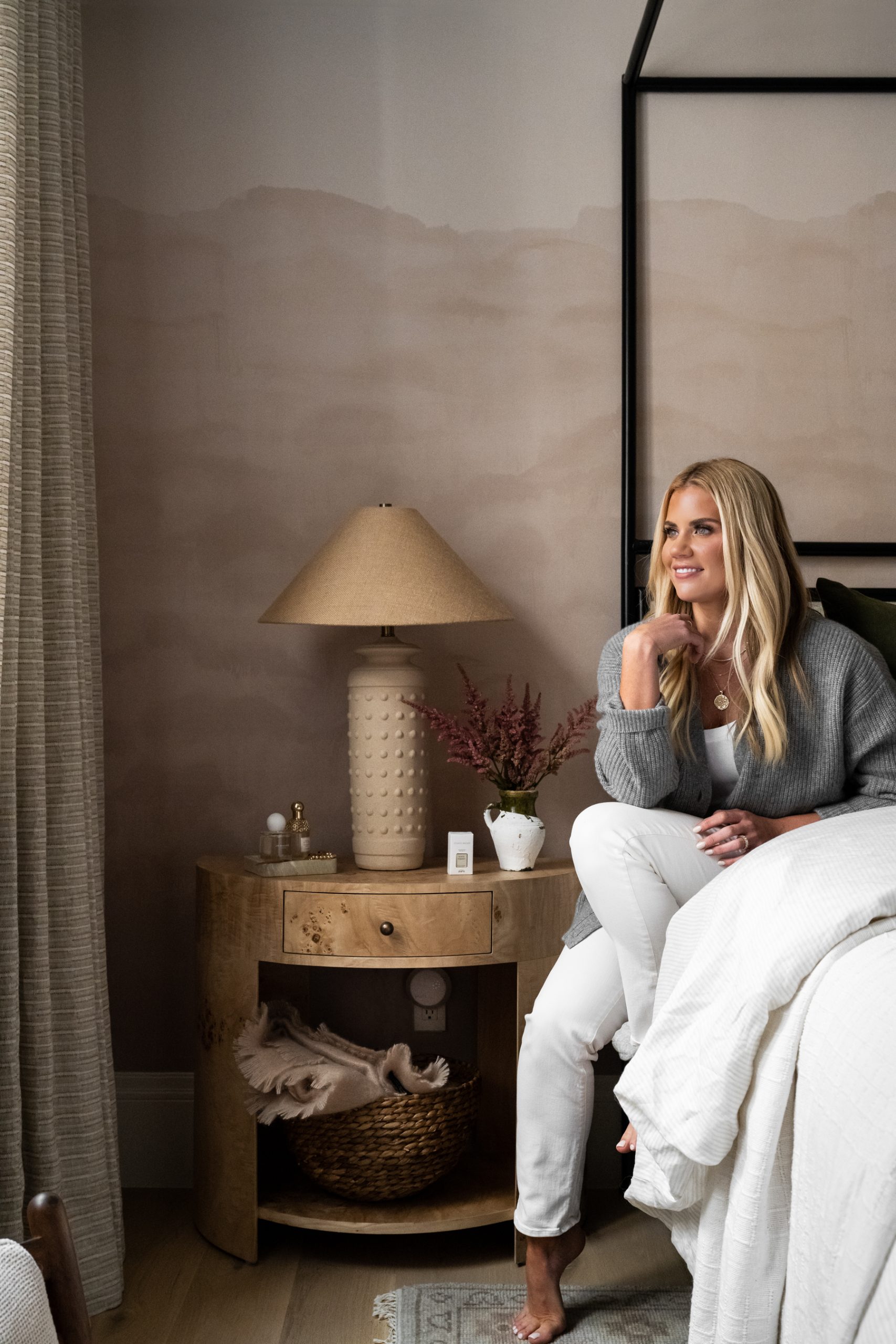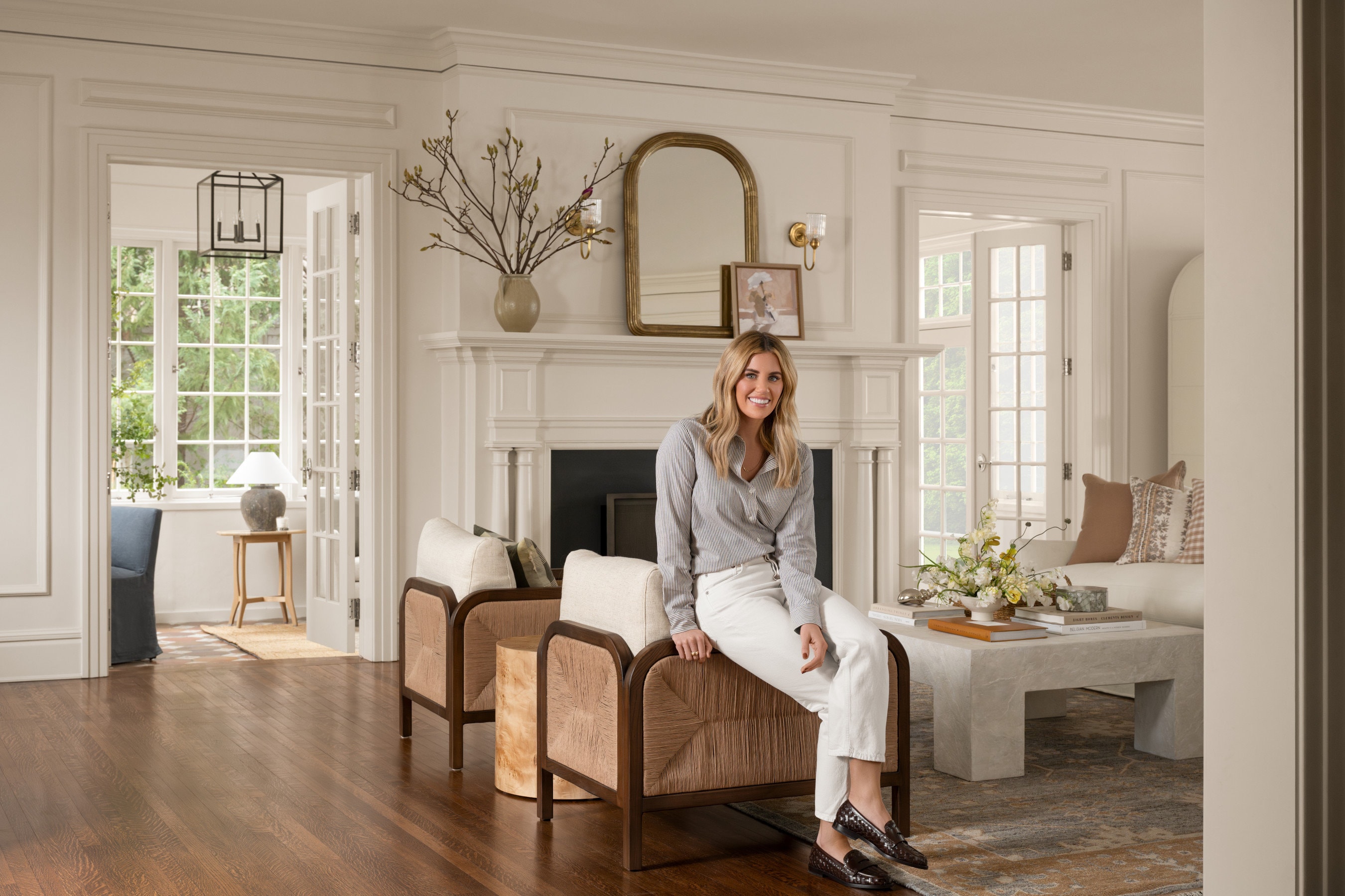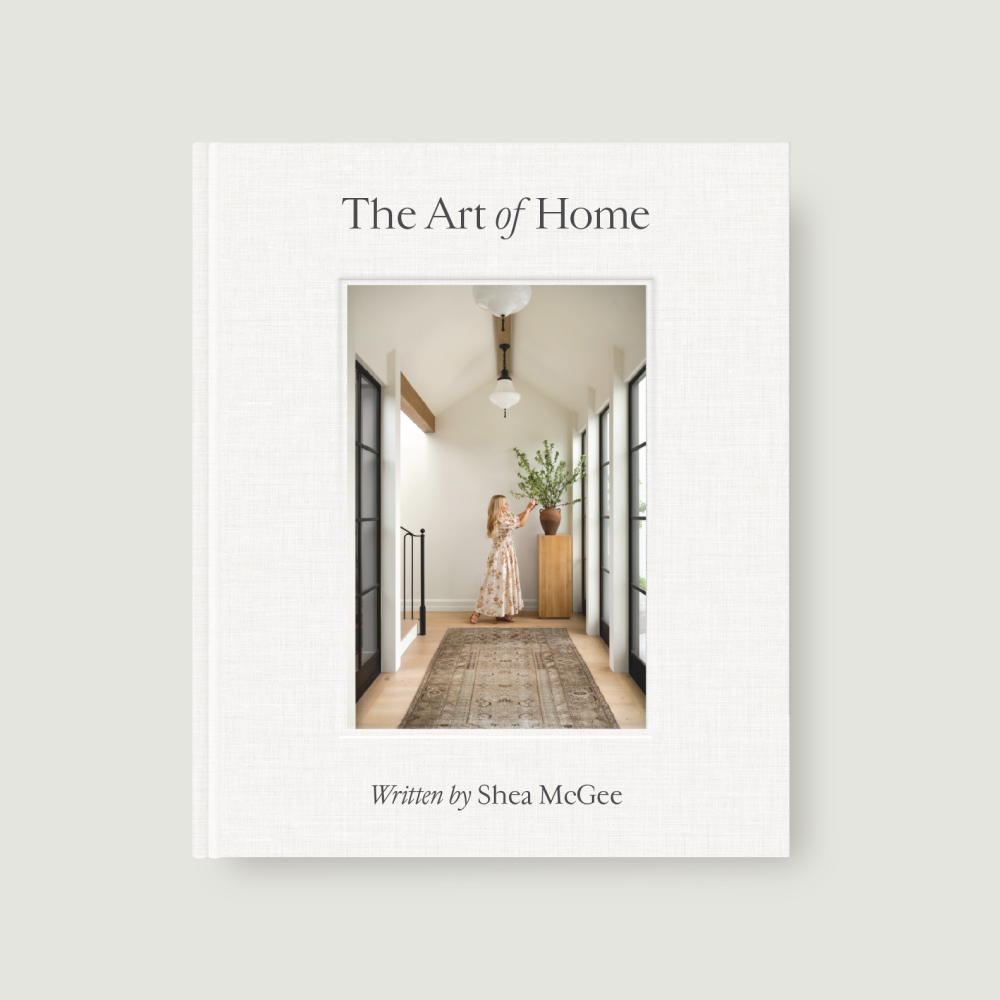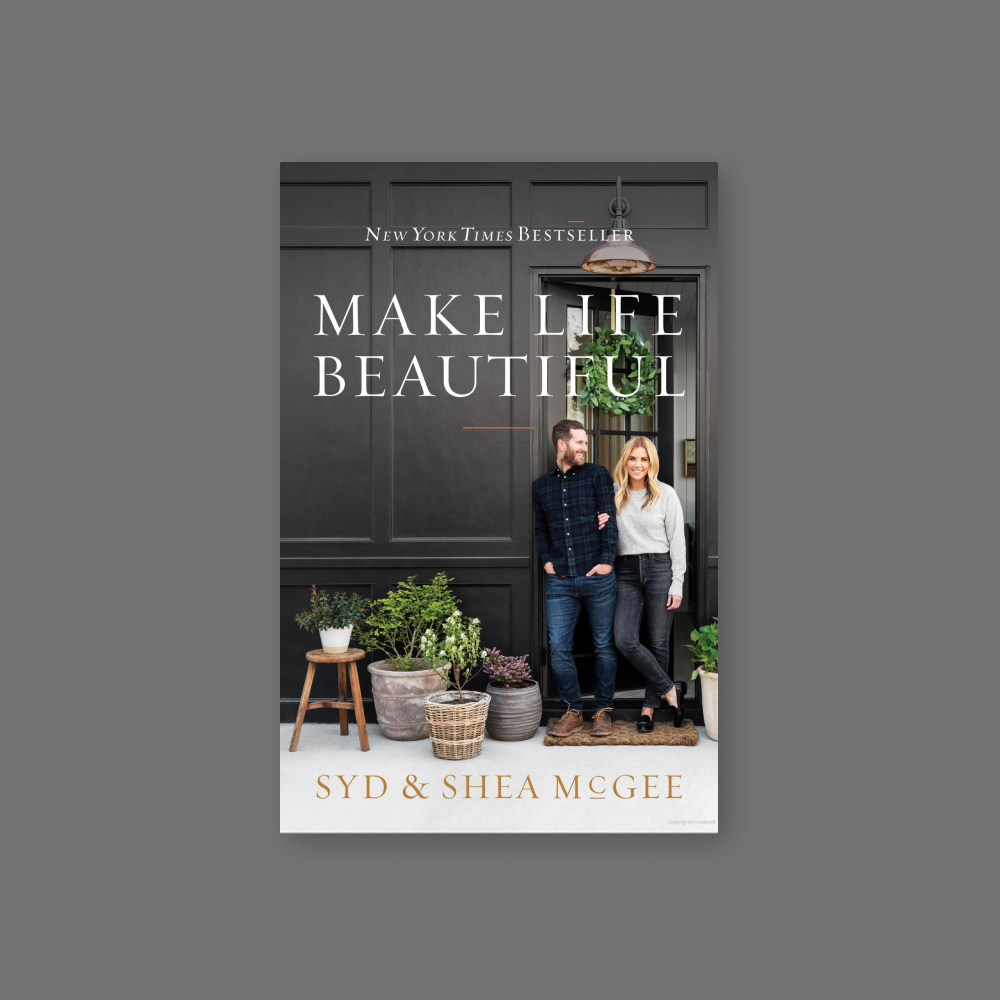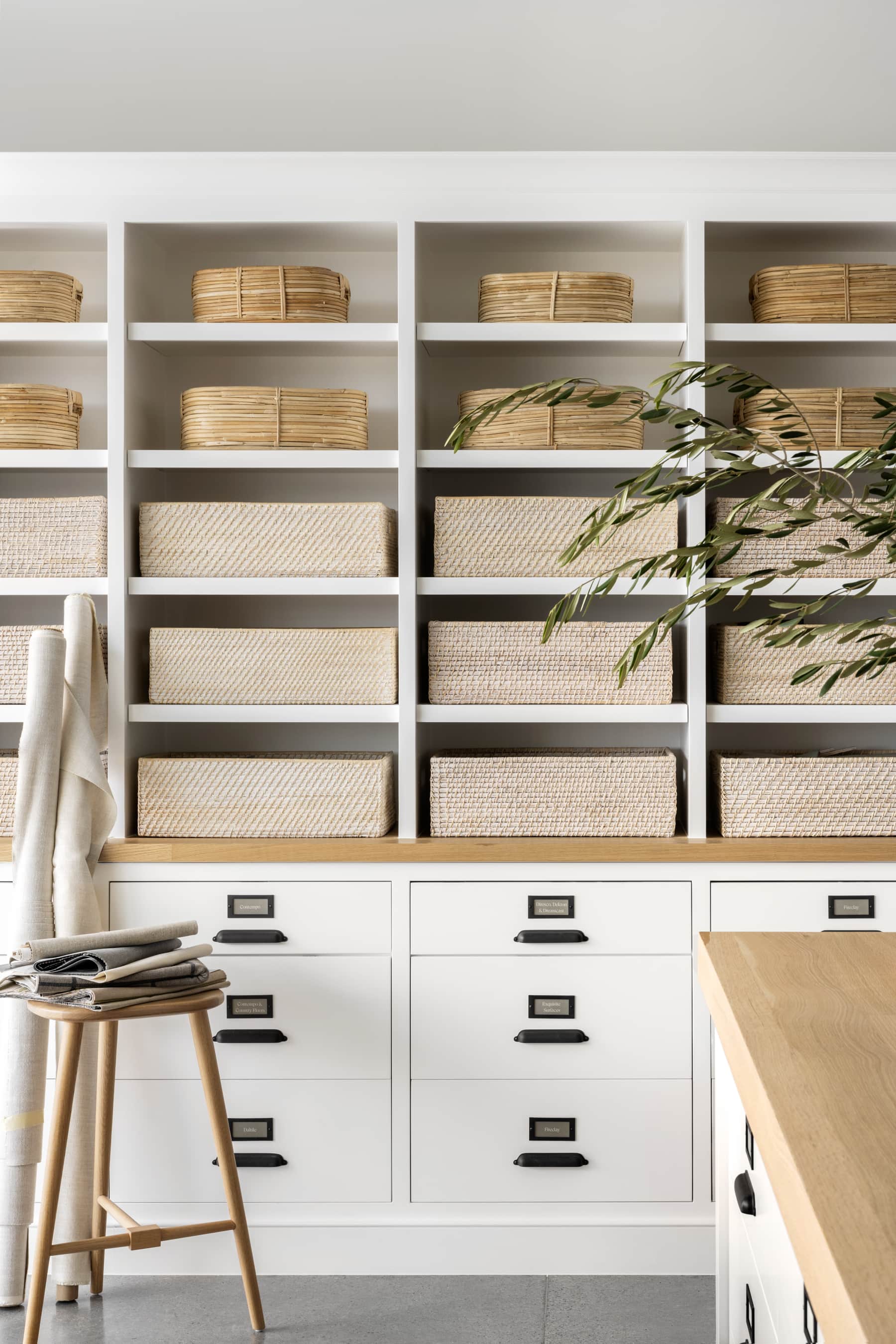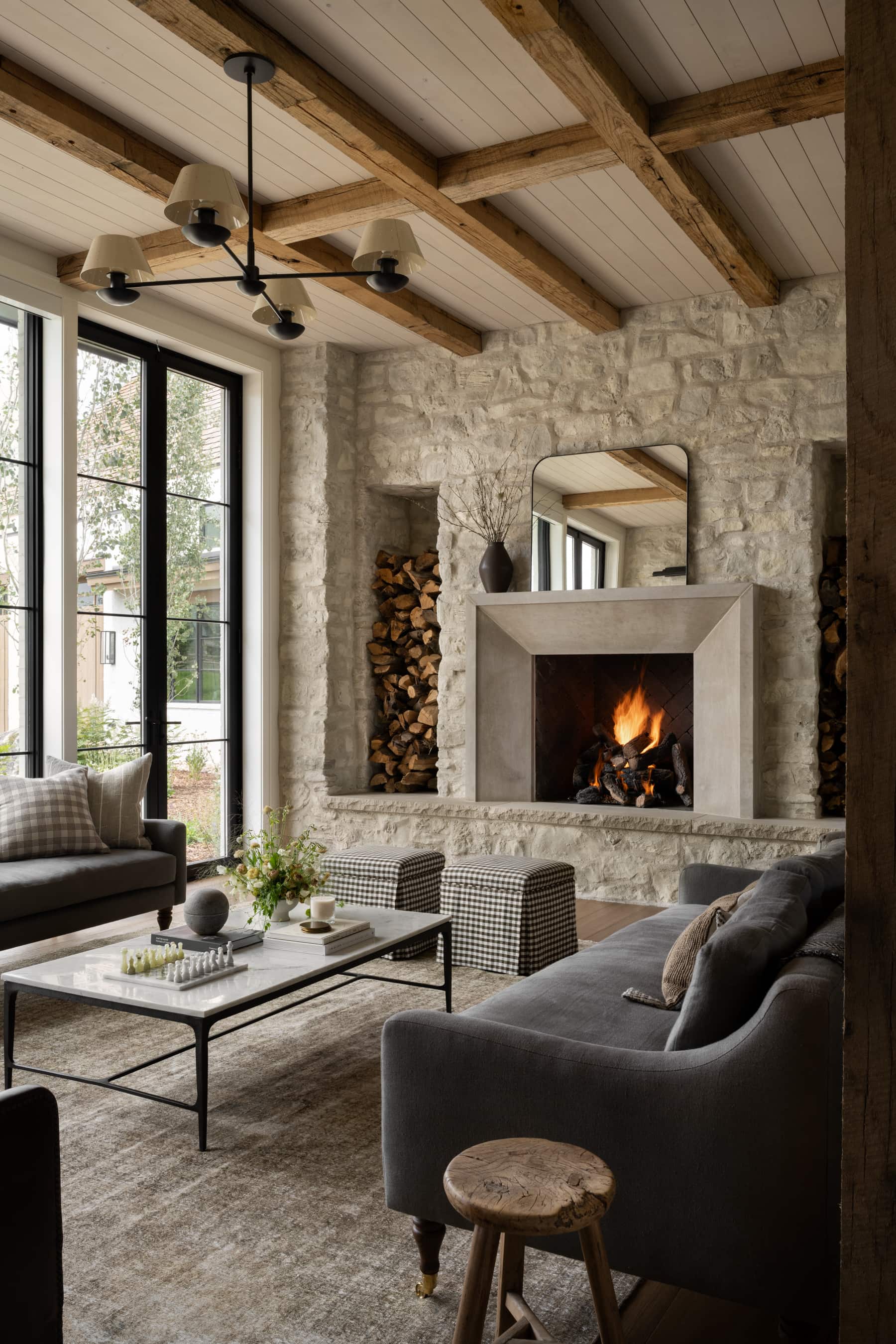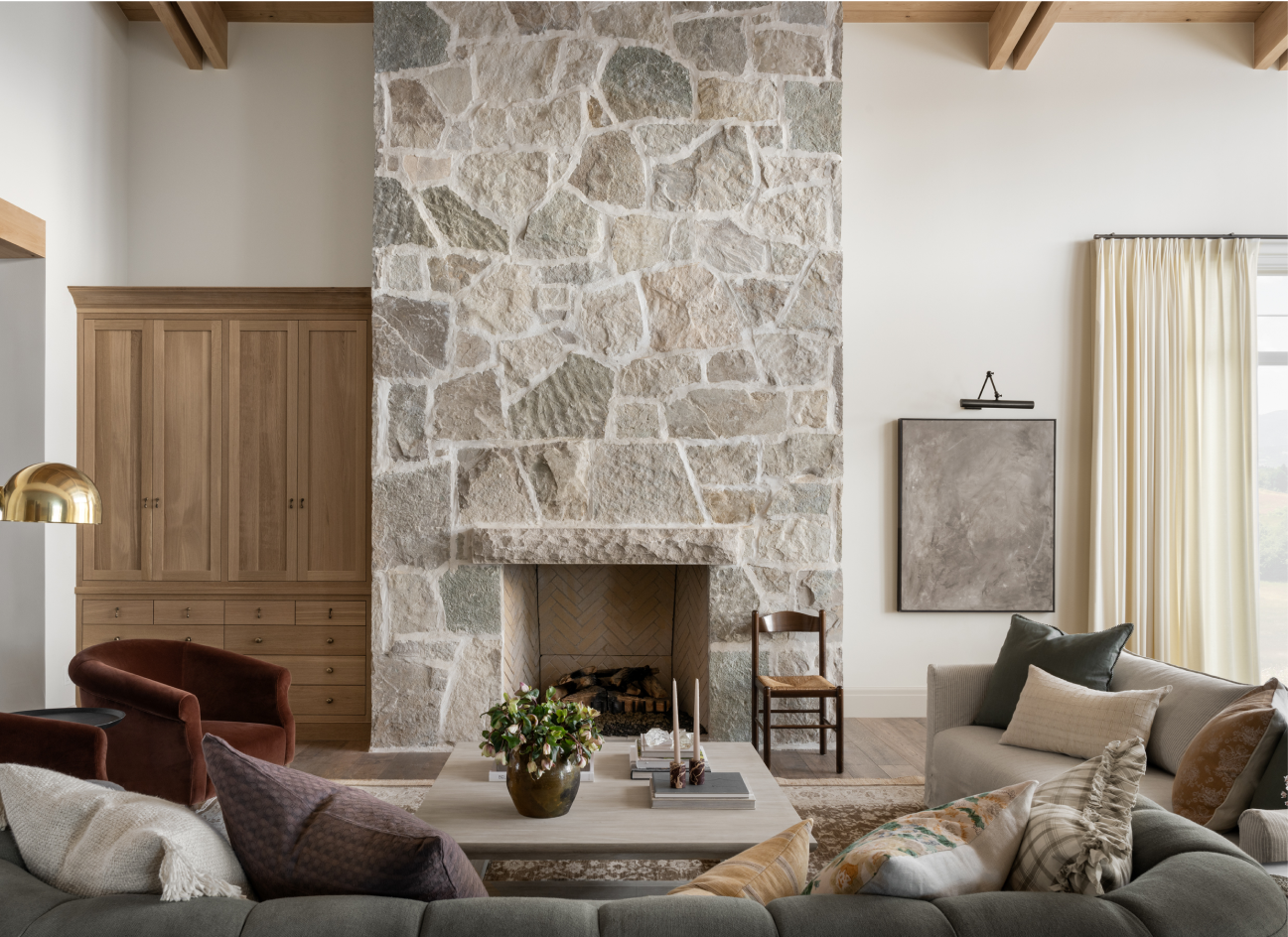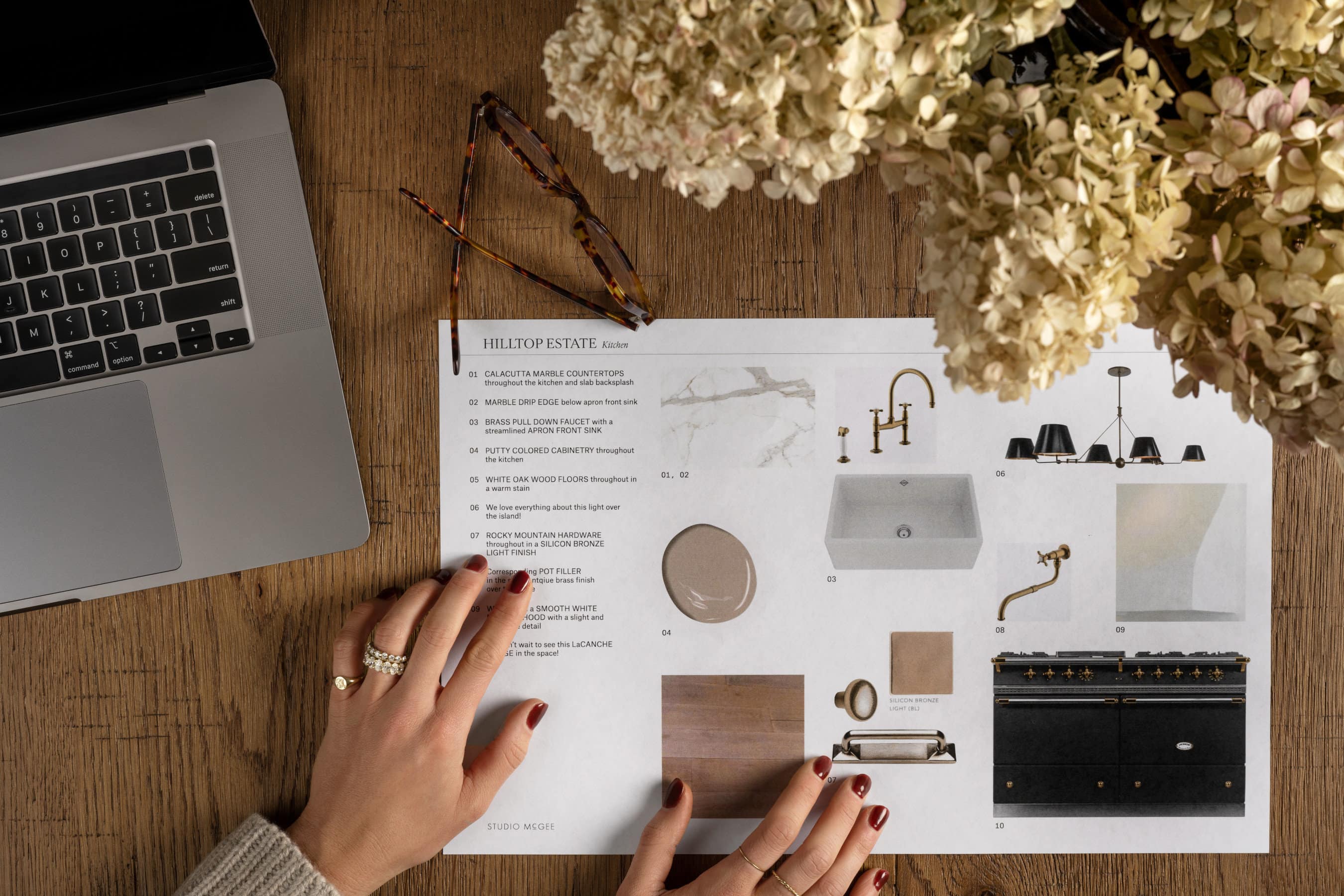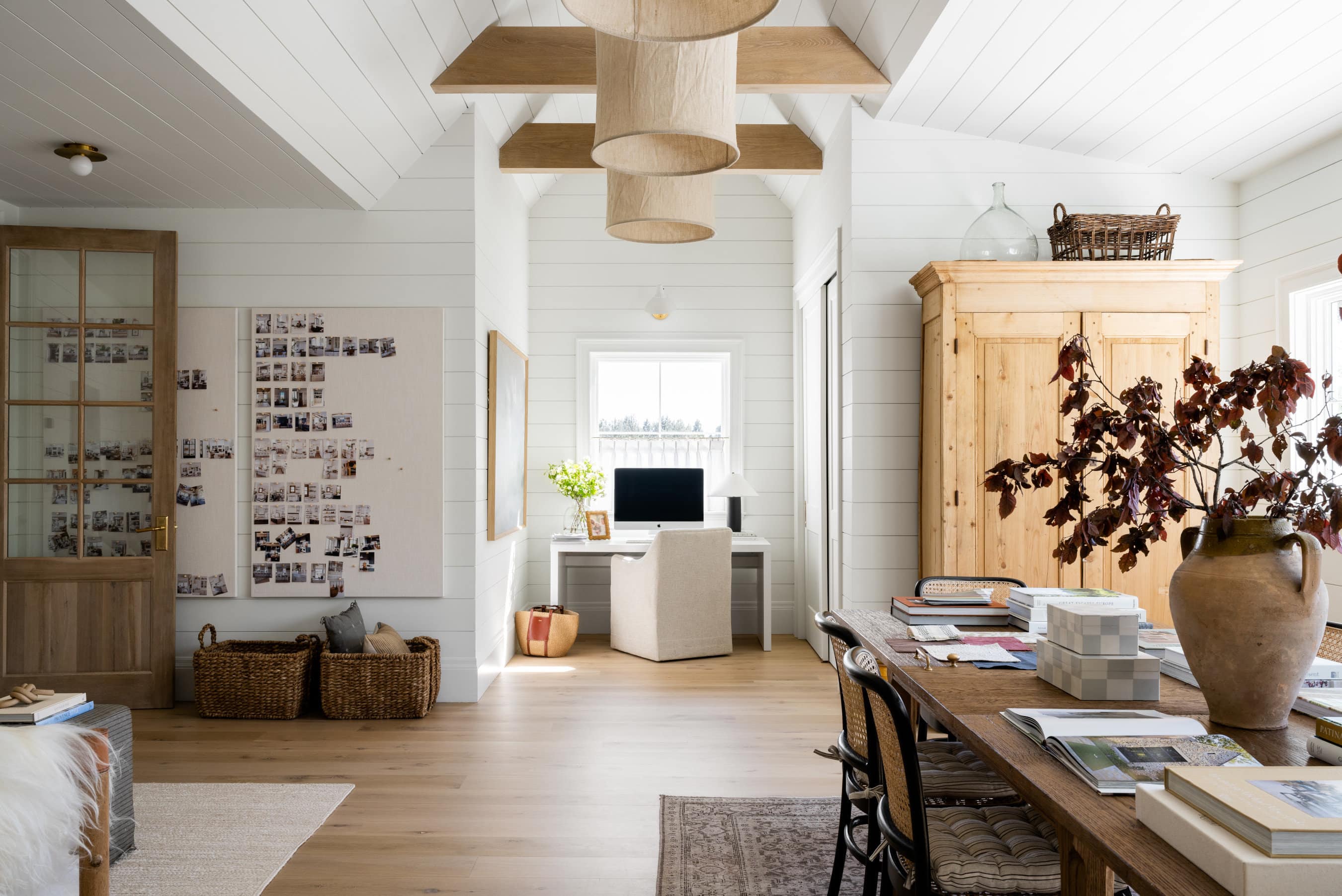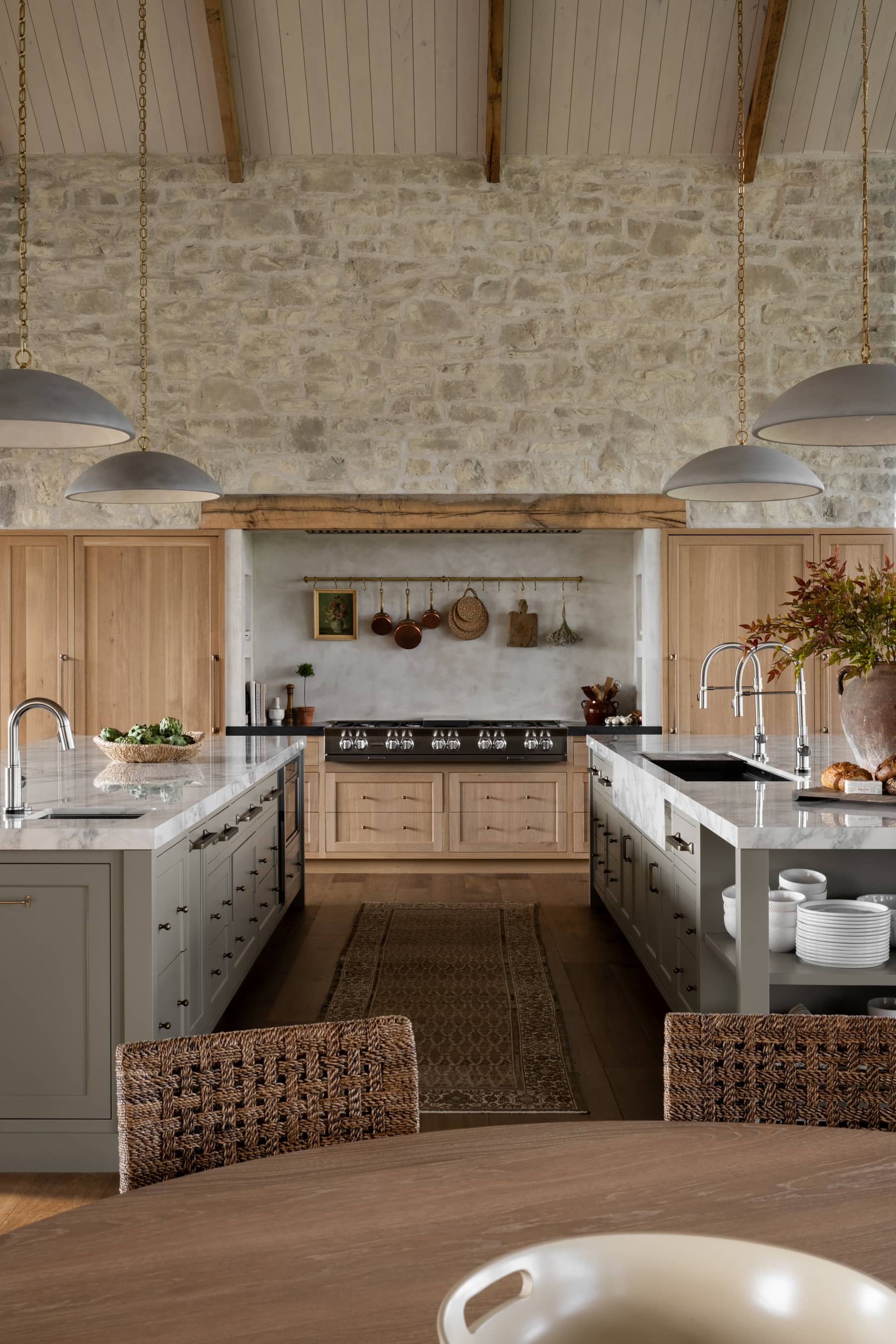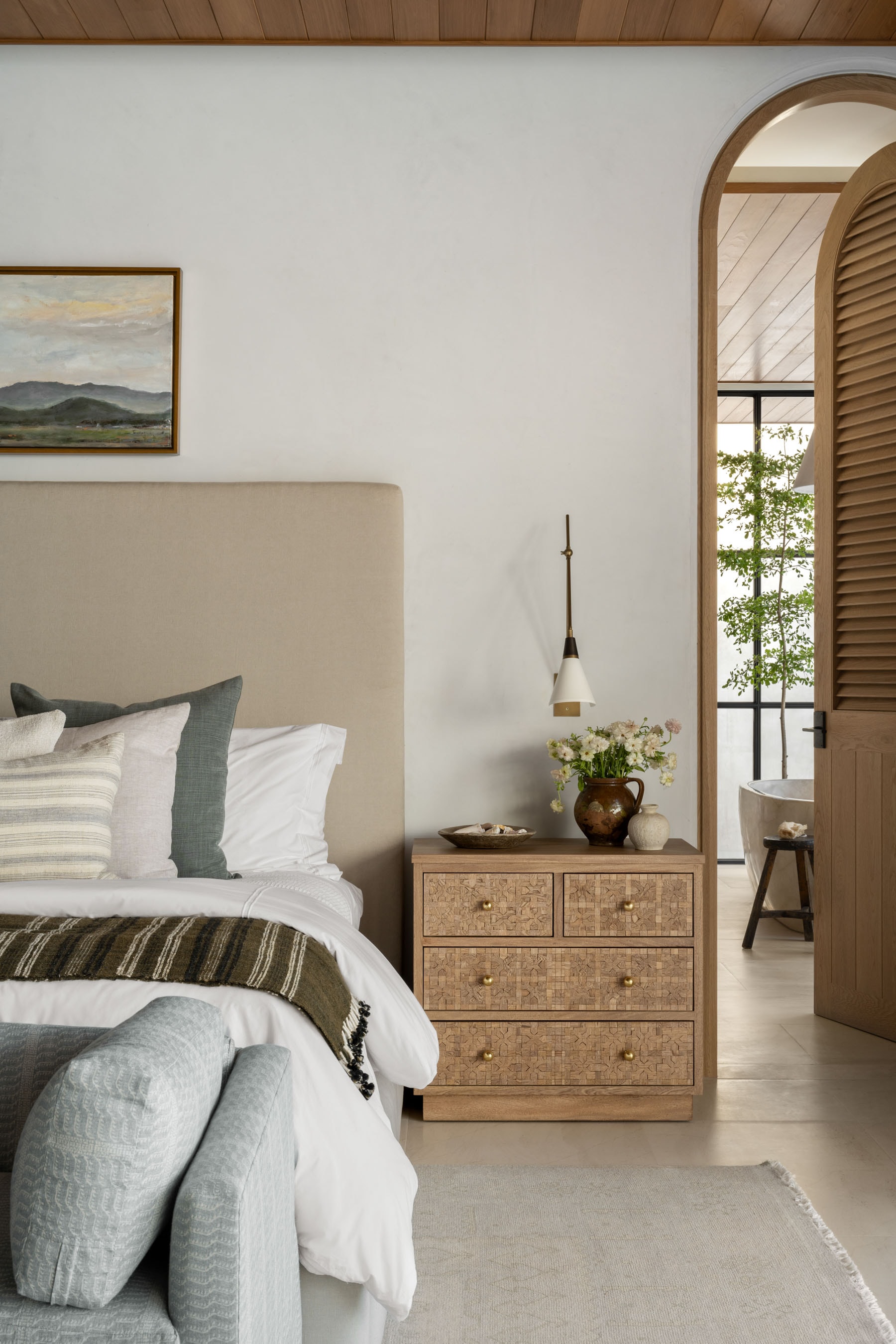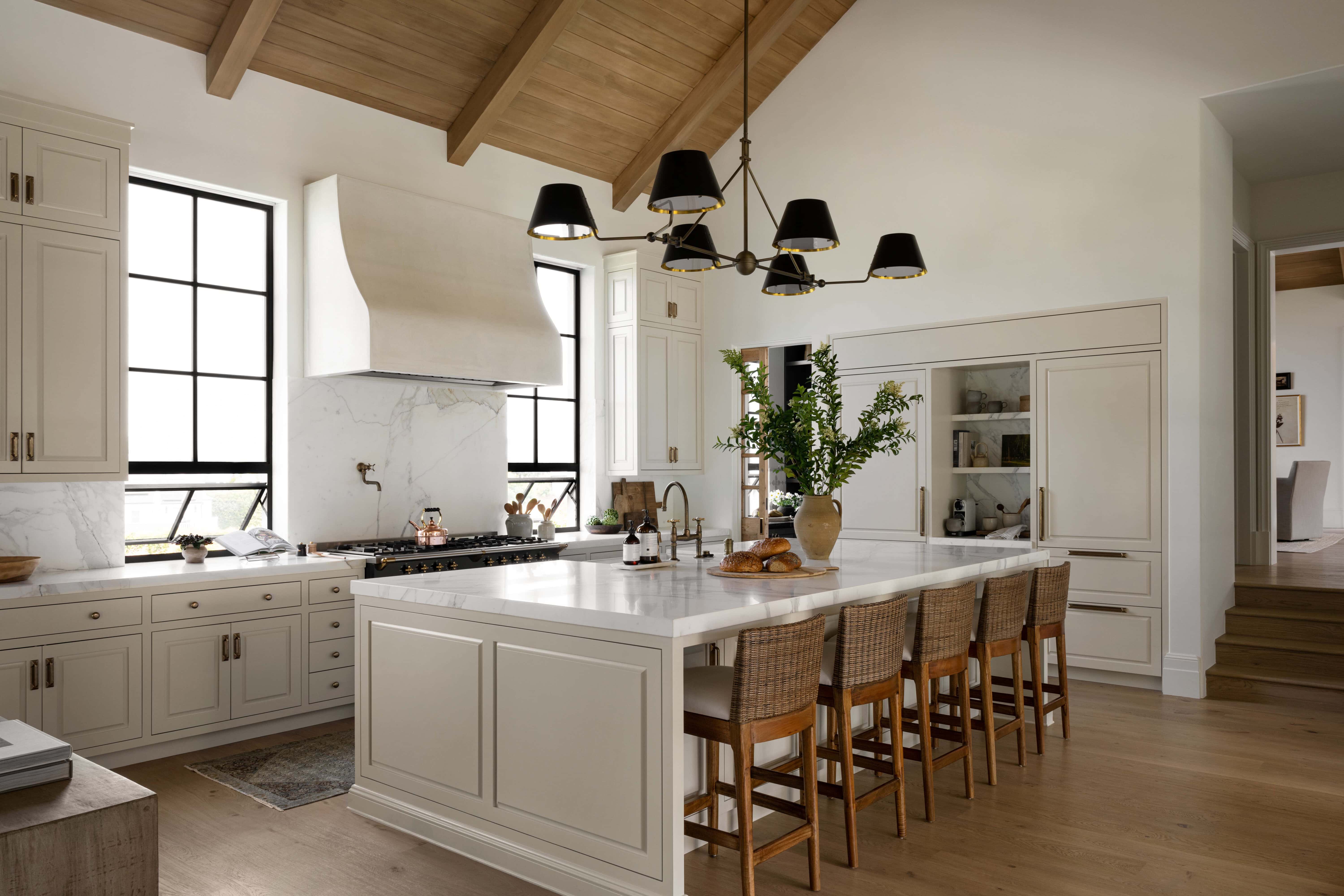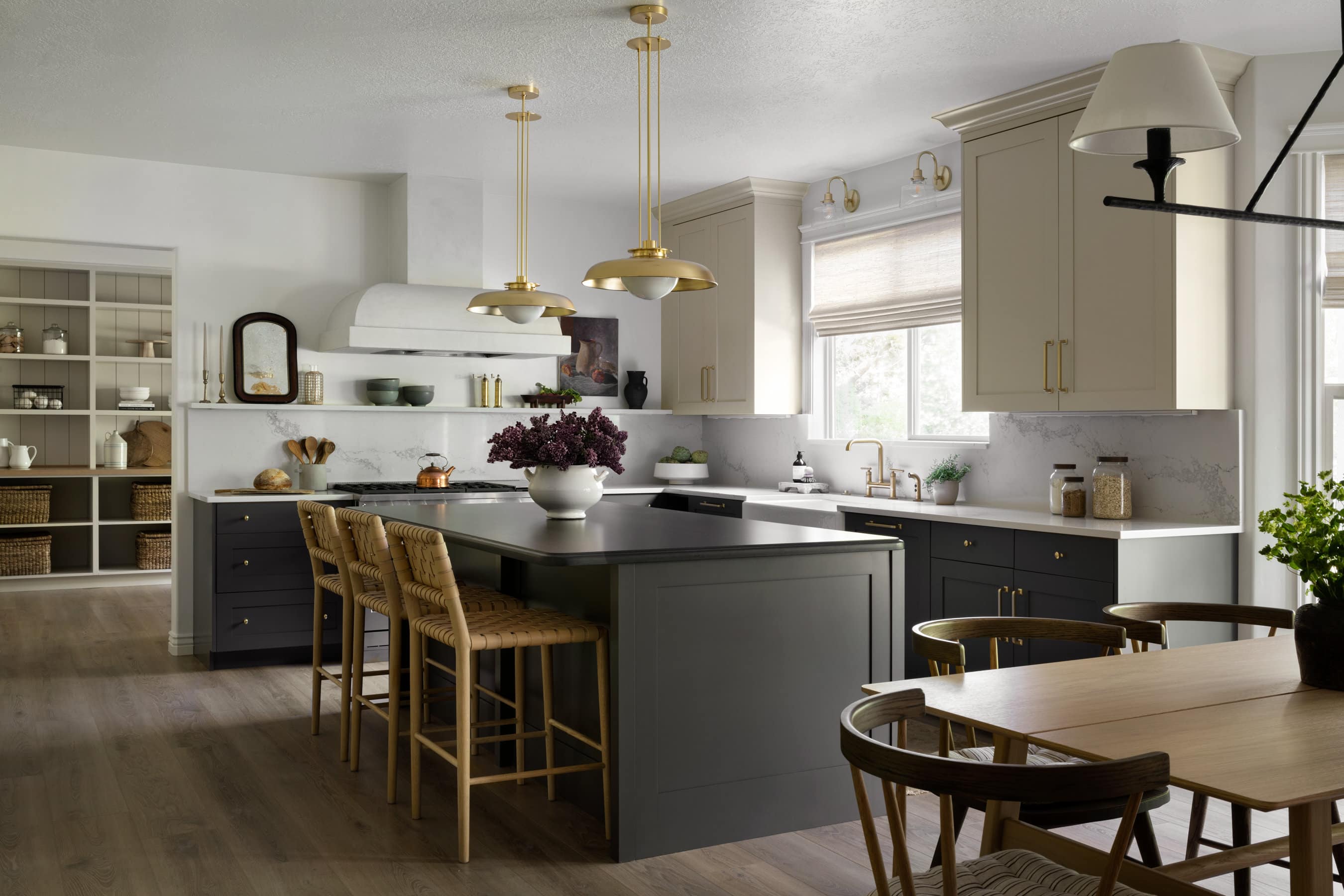
Cabinet Hardware 101
30 April –
Cabinet Hardware 101
Contents
We’ve said it before, and we’ll say it again, hardware is an easy way to make a big impact in your space.
Whether it’s swapping dated hardware for something new or picking cabinet hardware for a brand-new space, it adds so much to the overall design. However, when the hardware is poorly placed or with wonky function, it can make an otherwise amazing space look off. That’s why we’ve decided to pull together a few small tricks for making sure you pick and place your hardware correctly. We hope to make it easier with some tips and tricks we’ve learned along the way.

01
One vs Two
How many drawer pulls.
We are always quick to point out that there are exceptions to every rule and that sometimes the space dictates whether you follow the rules or not, but as a general rule of thumb if a drawer is wider than 24″ you should adorn it with two drawer pulls instead of one. To place this hardware correctly, divide the drawer into thirds and place the hardware in the left and right portions of the drawer. Browse some past Studio McGee projects below for inspiration on when Shea and the design team opted for one pull over two.



02
Knob vs Pull
Which is which.
These two words are often used interchangeably as they’re often the same shape, but in reality there is a difference. The traditional definition of each is knobs are used for doors and pulls are for drawers. Sometimes Shea and the design team will break this rule for small drawers or small spaces, like bathrooms, but in general, it’s a good rule of thumb to guide you in your hardware selection and purchase.



03
Material Selection
What are the options.
If you’re looking at it from a whole, there are a lot of options for the materials used in your hardware. There are glass pulls, wood pulls, and even ceramic pulls. But in general there are four stalwarts that you’ll typically have to choose from. These are black, nickel, bronze, and brass. Each of these often come in varying finishes like polished, matte, antique, oil-rubbed, brushed, and unlaquered. These are best chosen in person, as it’s important to hold them in your hand and compare them against the finishes in the rest of the space. If ordering online, try to go into a hardware store beforehand so you can at least get a feel for the finished product.
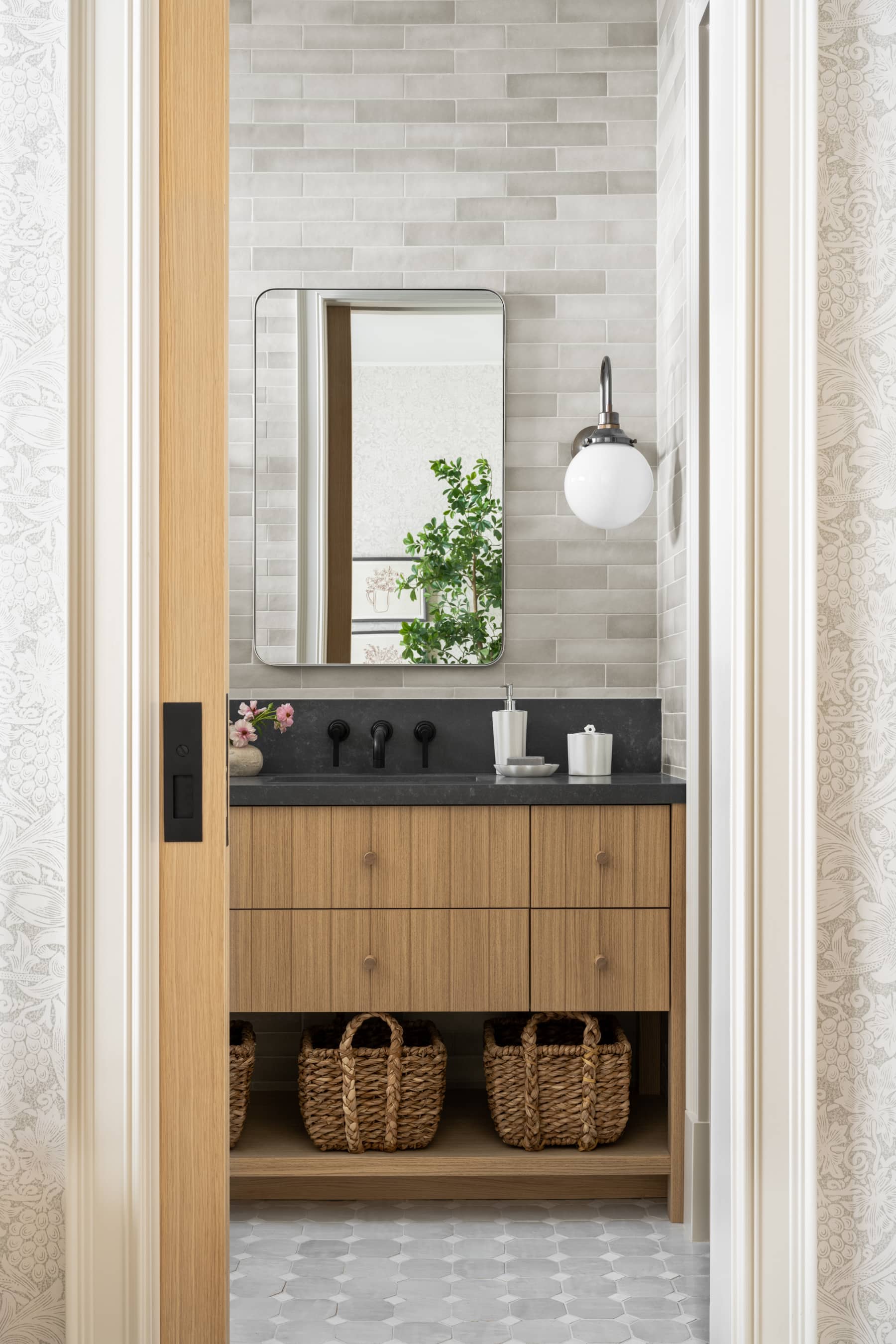



04
Built-In Appliances
What to do with the fridge.
For built-in refrigerators, make sure to purchase appliance pulls, which are specifically made for the job. This will ensure your pulls are proportional to the larger paneled doors and drawers that come with the built-in design of the large appliance.
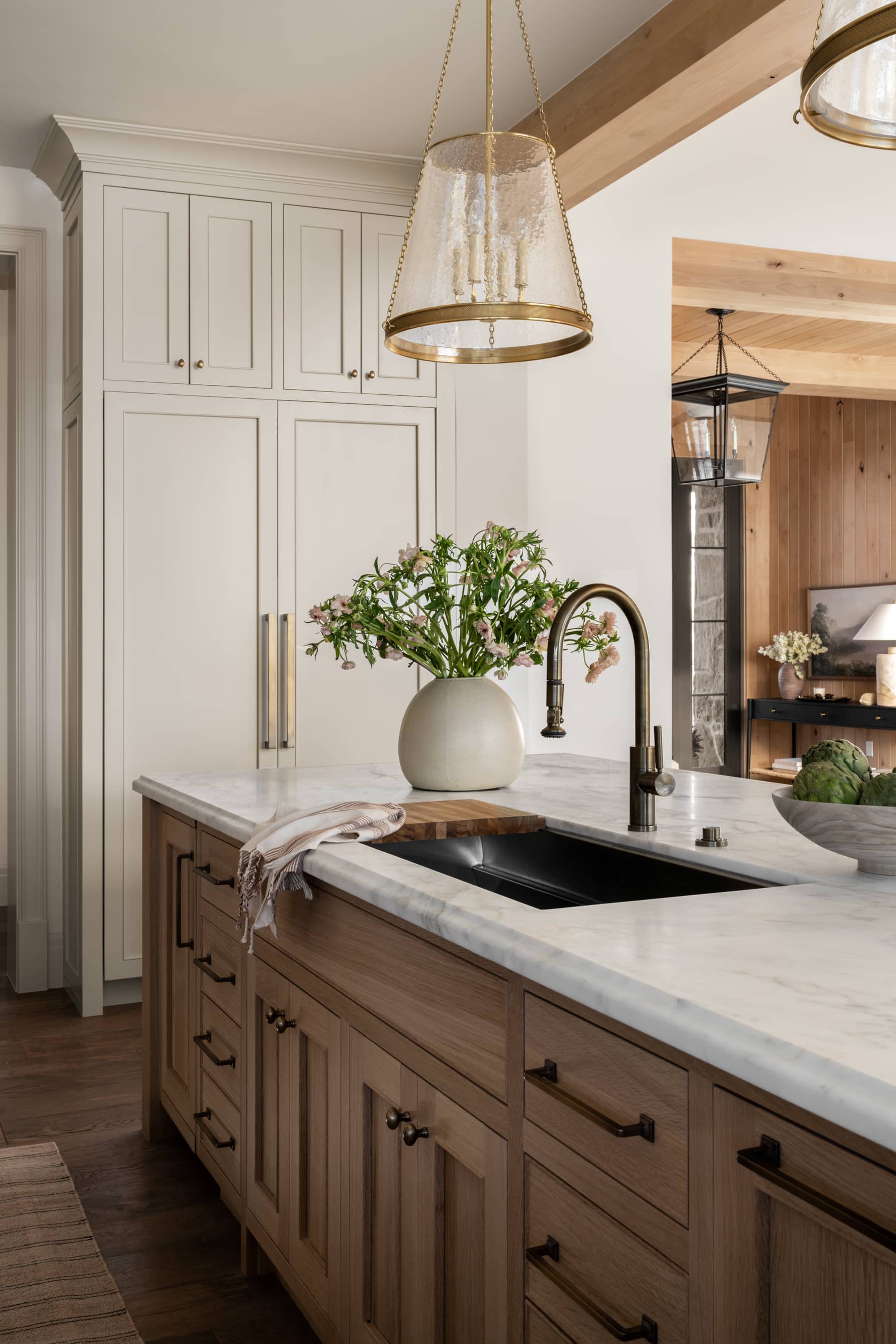
05
Modern vs Traditional
Differing styles.
As always, what you like in your own space is up to you, but there are some general rules to follow if you’re confused on what to use in a modern style home versus a more traditional home.
For modern or transitional spaces, knobs and pulls can be used interchangeably. You can add pulls on all cabinetry for a sleek look or use long pulls vertical and horizontal.
In traditional spaces, the general rule applies, which is knobs are for doors and pulls are for drawers.
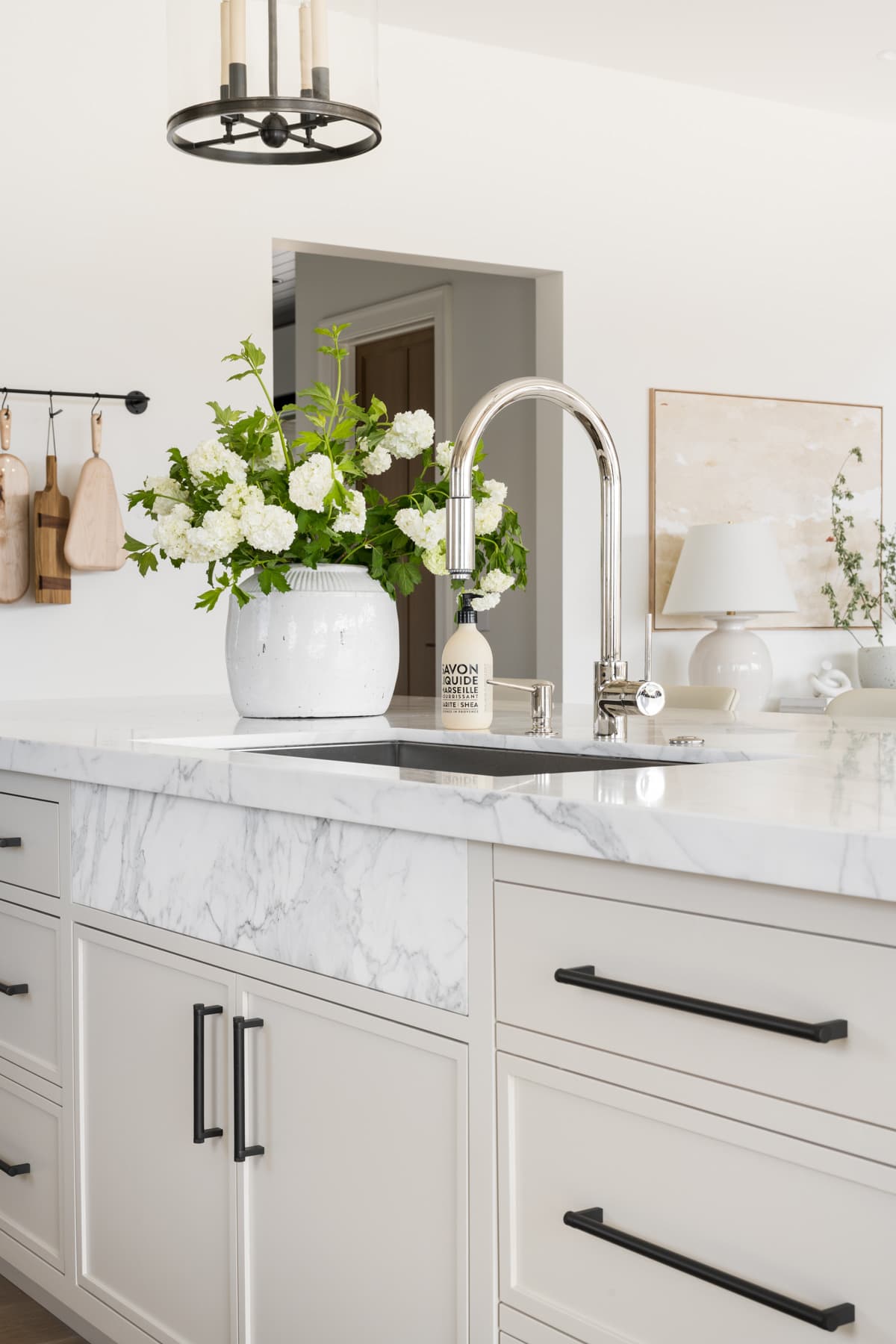
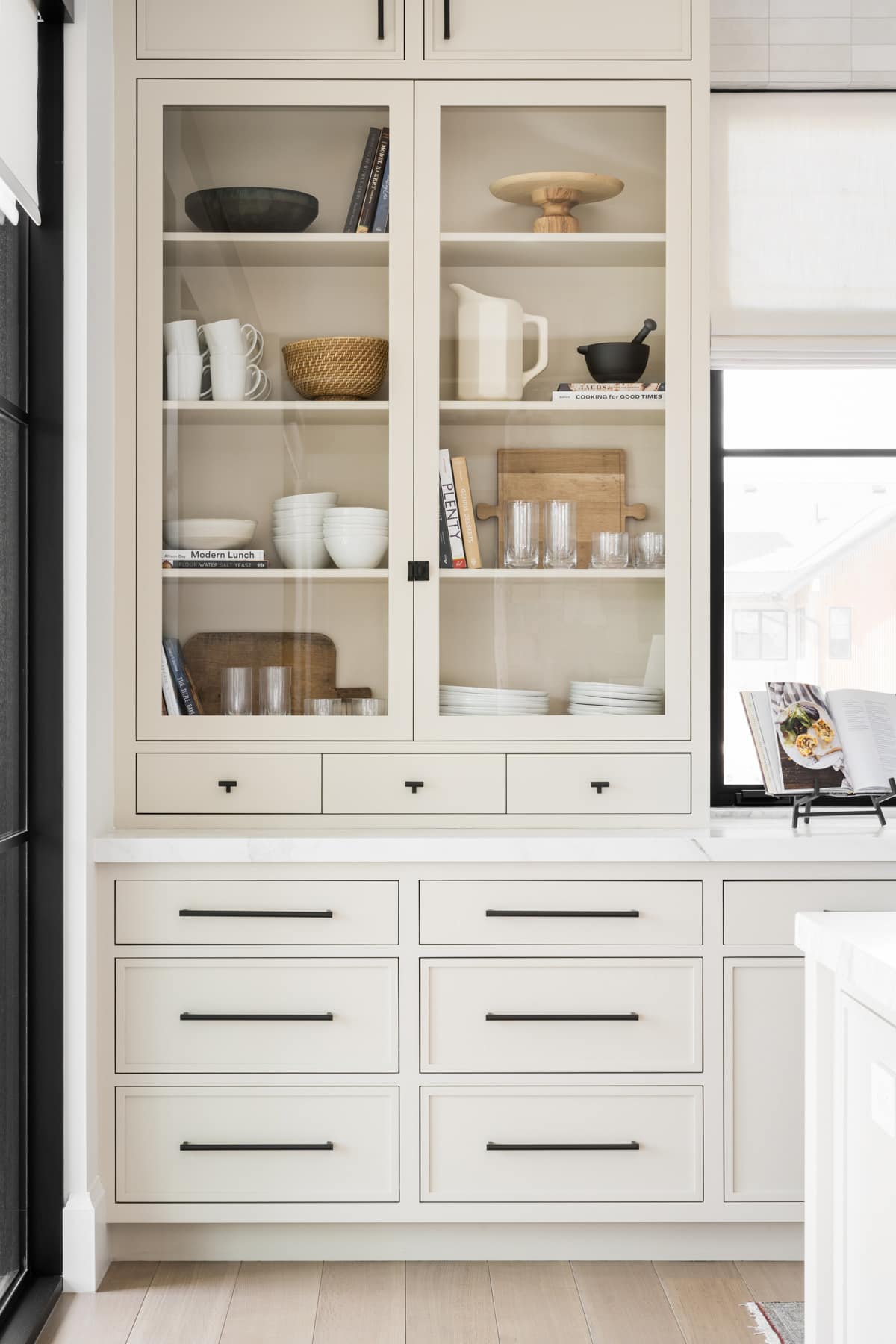
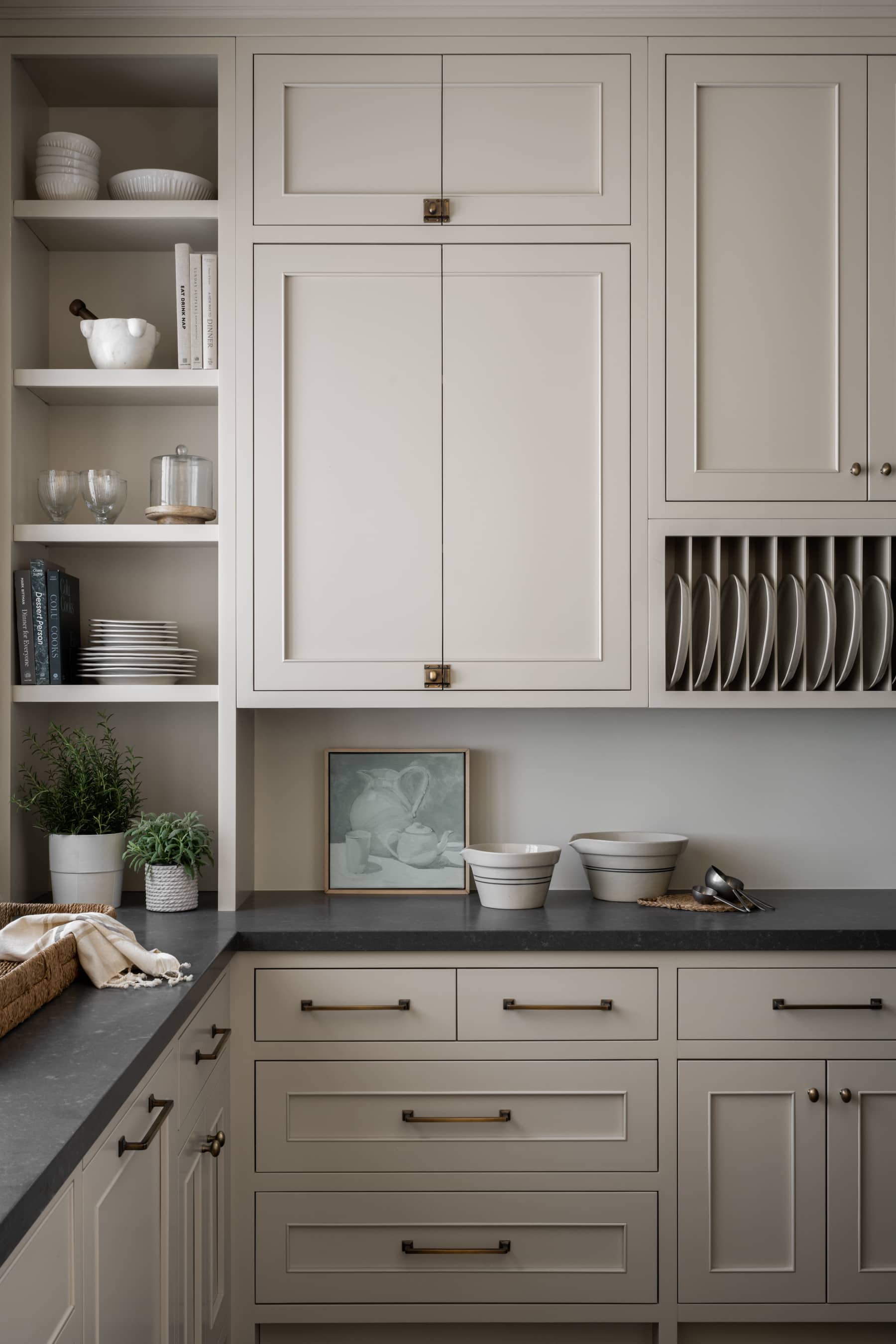
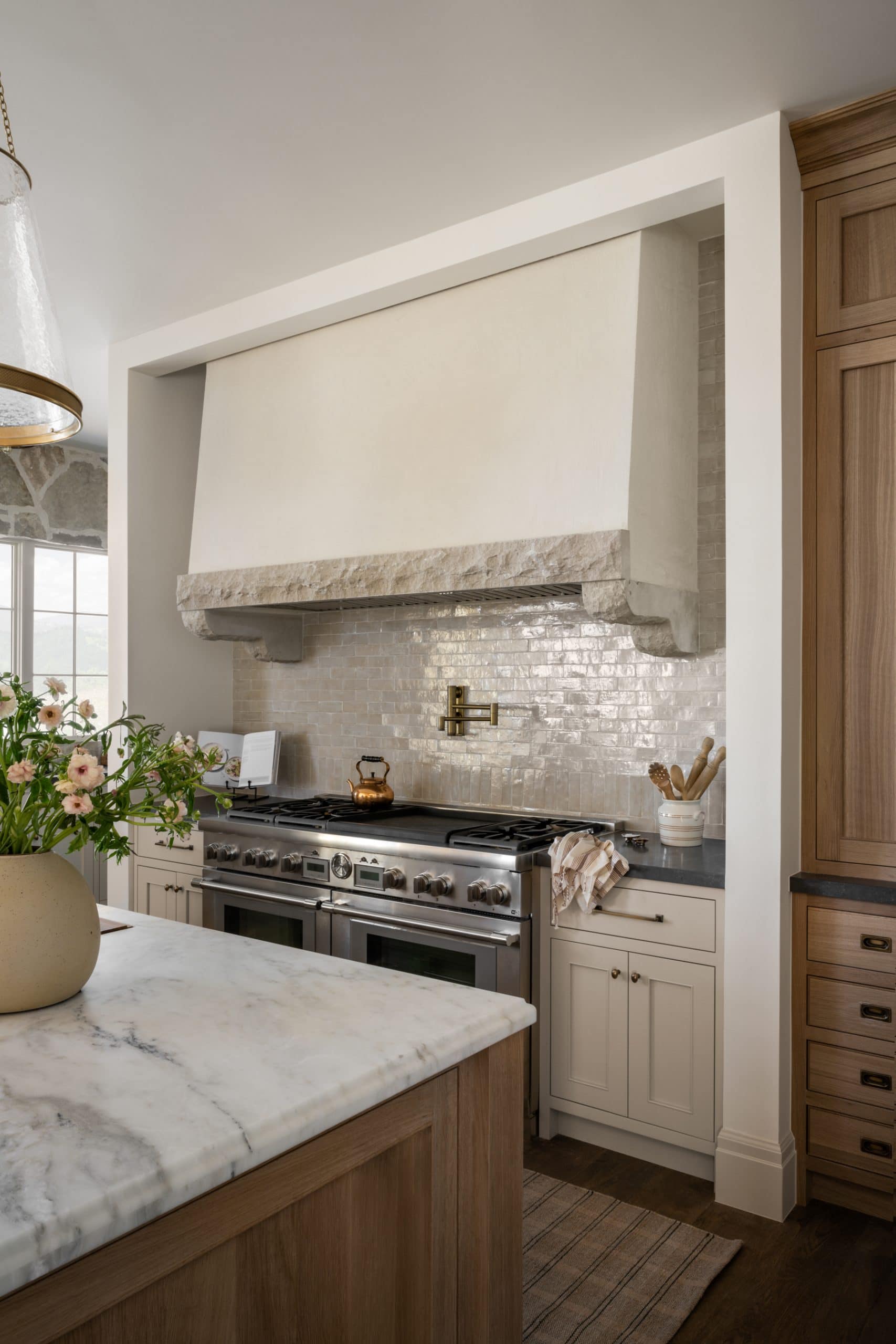
06
Unique Features
Adding a touch of spice.
There are a few unique design elements to hardware that Shea and the design team like to use. The first is a backplate, which is a plate behind the knob or pull. This style is a good way to add dimension and texture, and to elevate the hardware as a piece of art rather than a streamlined piece of utility. You can see examples of this in the kitchen of our Hilltop Estate project.
Another fun design element is a vintage-style latch, which has pieces of hardware on both sides of the door. Shea choose a door latch in the upper cabinetry of her own home.
Lastly, Shea and the design team like to use bin pulls, which have a cup you slide your fingers under in order to pull open the drawer. These give a classic, time-honored look reminiscent of a library.
